The Ultimate Guide to Cycling in Belgium
Plan your perfect cycling trip through Belgium — discover its best routes, flavors, and traditions in one essential guide for two-wheeled travel.
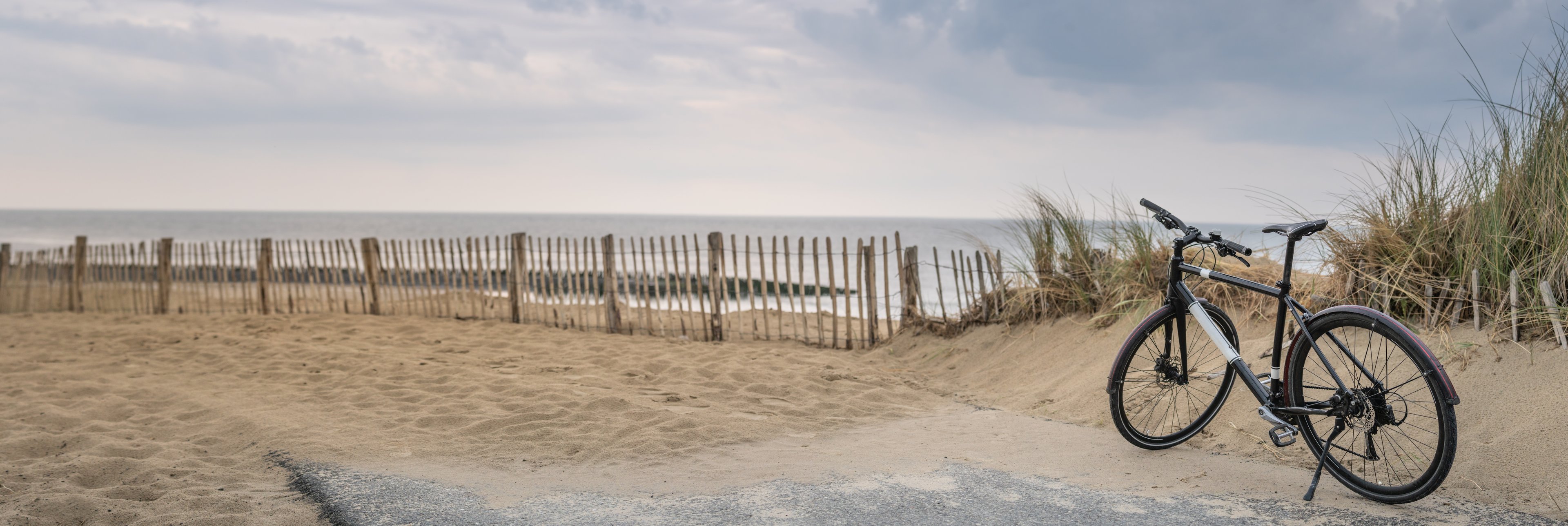
Quick Links
Did you know Belgium has over 26,000 kilometers of signposted cycling routes, plus medieval towns, peaceful canals, coastal dunes, and forested Ardennes hills — all within a few hours’ ride of each other?
It’s no surprise Belgium is one of Europe’s most compact, varied, and rider-friendly cycling destinations.
This guide covers everything you need before your Belgian cycling holiday, including:
- The best seasons for cycling
- Why cycle Belgium
- When to go (month-by-month)
- Top regions & cross-border routes
- Must-see places and landmarks
- Cycling rules & road etiquette
- Practical tips — packing, travel logistics, documents, language
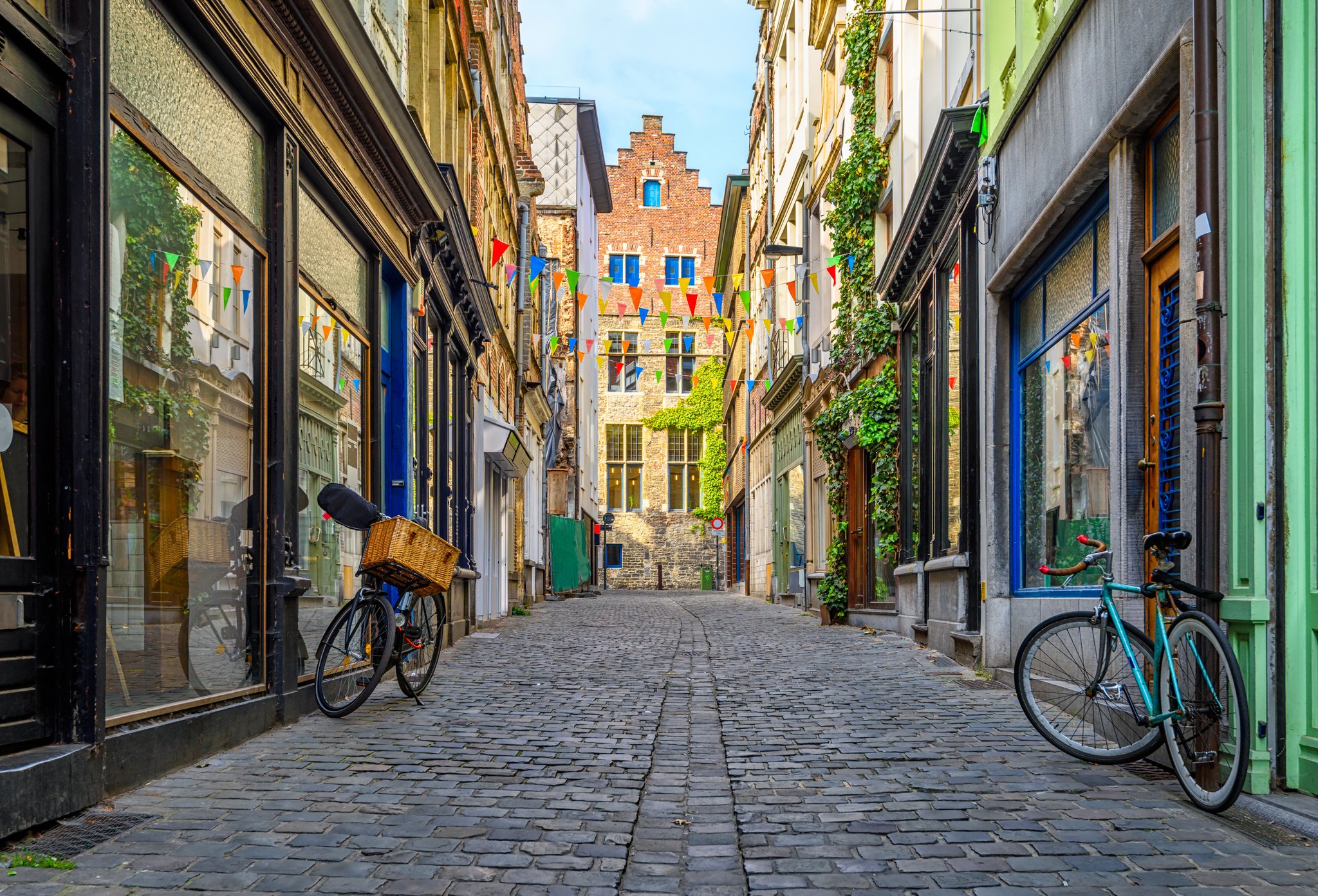
Why Cycle in Belgium?
Quick facts at a glance:
- 26,000+ km of marked cycling routes nationwide
- RAVeL network: over 1,480 km of car-free trails on disused railways and towpaths
- Knooppunten system: numbered junctions for effortless route planning
- Terrain mix: flat canal paths in Flanders and rolling forested hills in the Ardenne
- 16 UNESCO heritage sites: Bruges, Ghent, Brussels’ Grand-Place, Wallonia’s citadels and more…
- Train + bike convenience: dedicated bike carriages on most SNCB services
- EuroVelo links connecting Belgium to the Netherlands, France, Germany, and Luxembourg
From Flanders’ flat canal paths and windmill landscapes to the forest climbs and river valleys of the Ardennes, Belgium delivers remarkable scenic variety in compact distances — ideal for both relaxed touring and sporty rides.
See the full breakdown on our dedicated Why Cycle in Belgium page.
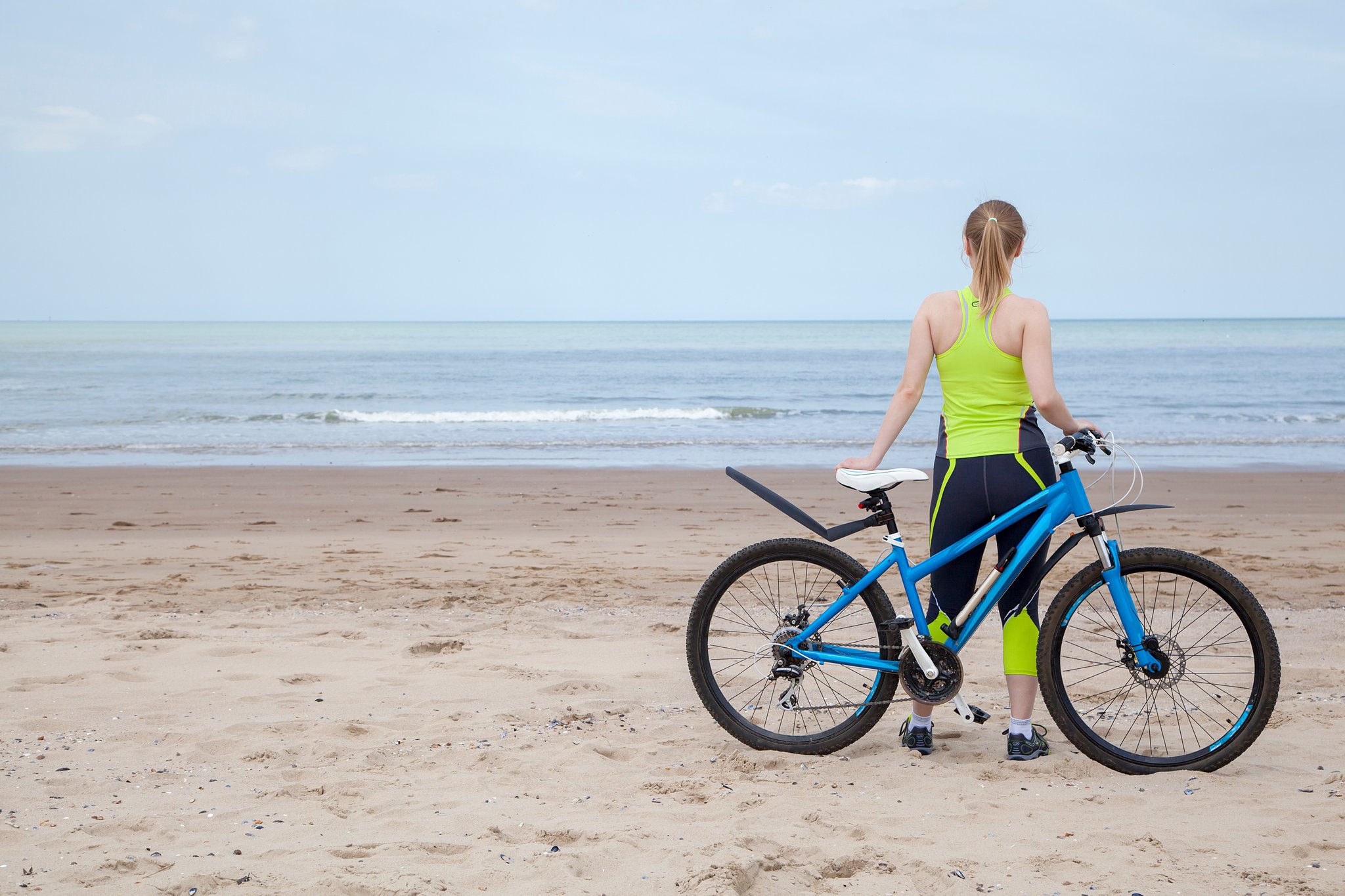
When to Go?
Belgium’s cycling season runs mainly from April to October, when daylight is long, cafés spill out onto terraces, and conditions are mild enough for daily rides across every region. Within that window, each season brings its own atmosphere — from springtime blooms to golden autumn forests.
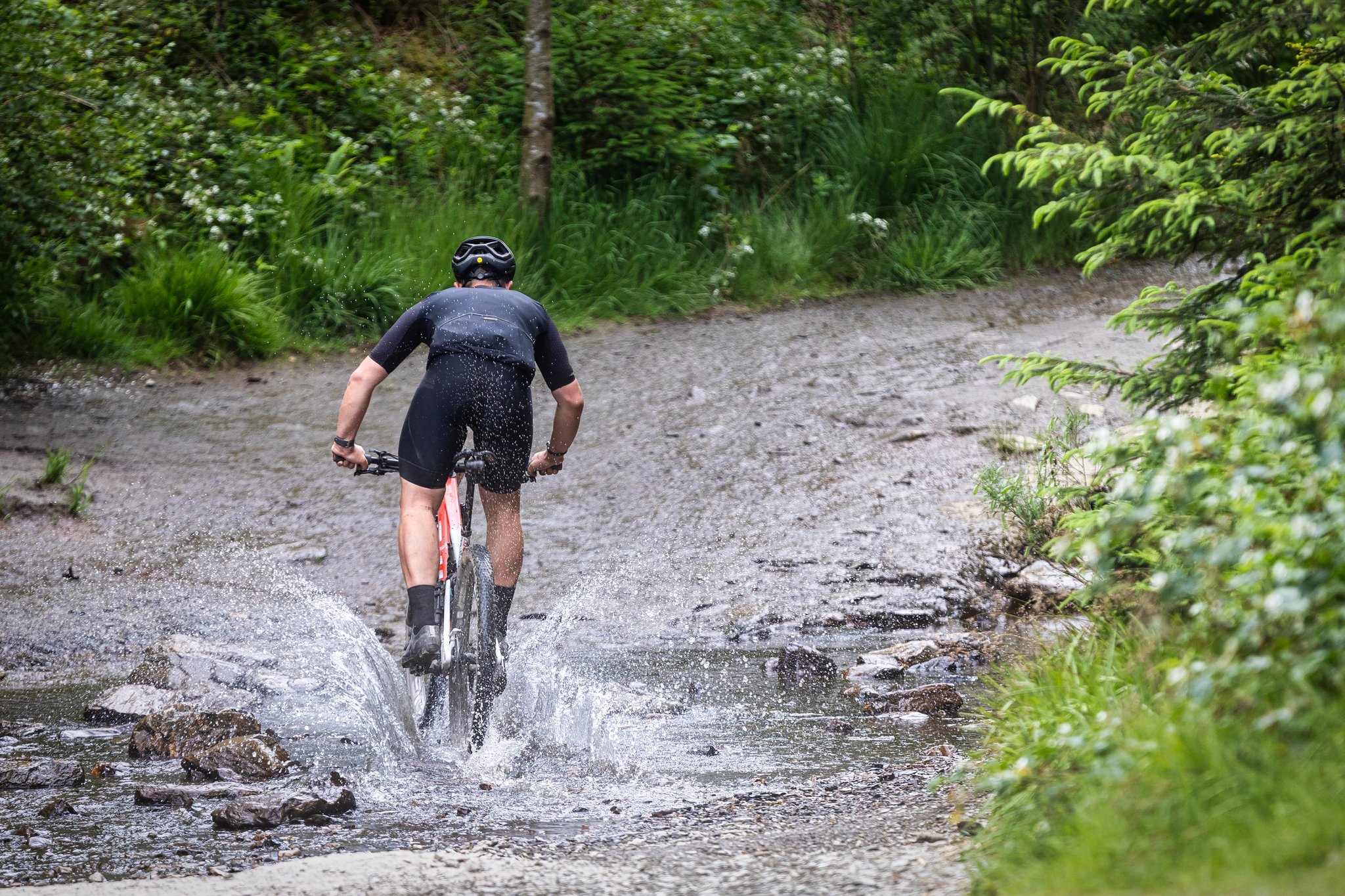
What to expect by season
- Spring (April–May) – Temperatures between 10–18°C, bright green landscapes, and quiet paths. Canals are lined with tulips and blossoms, making this one of the most photogenic and peaceful times to ride. Ideal for routes around Bruges, Ghent, and Limburg’s flower trails.
- Summer (June–August) – Long days (up to 16 hours of light) and reliable warmth between 18–25°C. Expect lively village squares, open-air festivals, and vibrant café life. Coastal routes and canal paths stay breezy, while the Ardennes offer shaded climbs to escape the heat.
- Autumn (September–October) – Cooler but comfortable at 12–20°C, with forests and vineyards turning gold. Harvest festivals and abbey breweries add extra charm. A perfect season for countryside and cultural touring in Wallonia.
- Winter (November–March) – Belgium’s off-season for cycling. Shorter days, rain, and occasional frost make touring less enjoyable. It’s a good time for cultural city breaks instead of multi-day rides.
For a detailed look at monthly temperatures, rainfall, and daylight, check out our month-to-month weather guide.
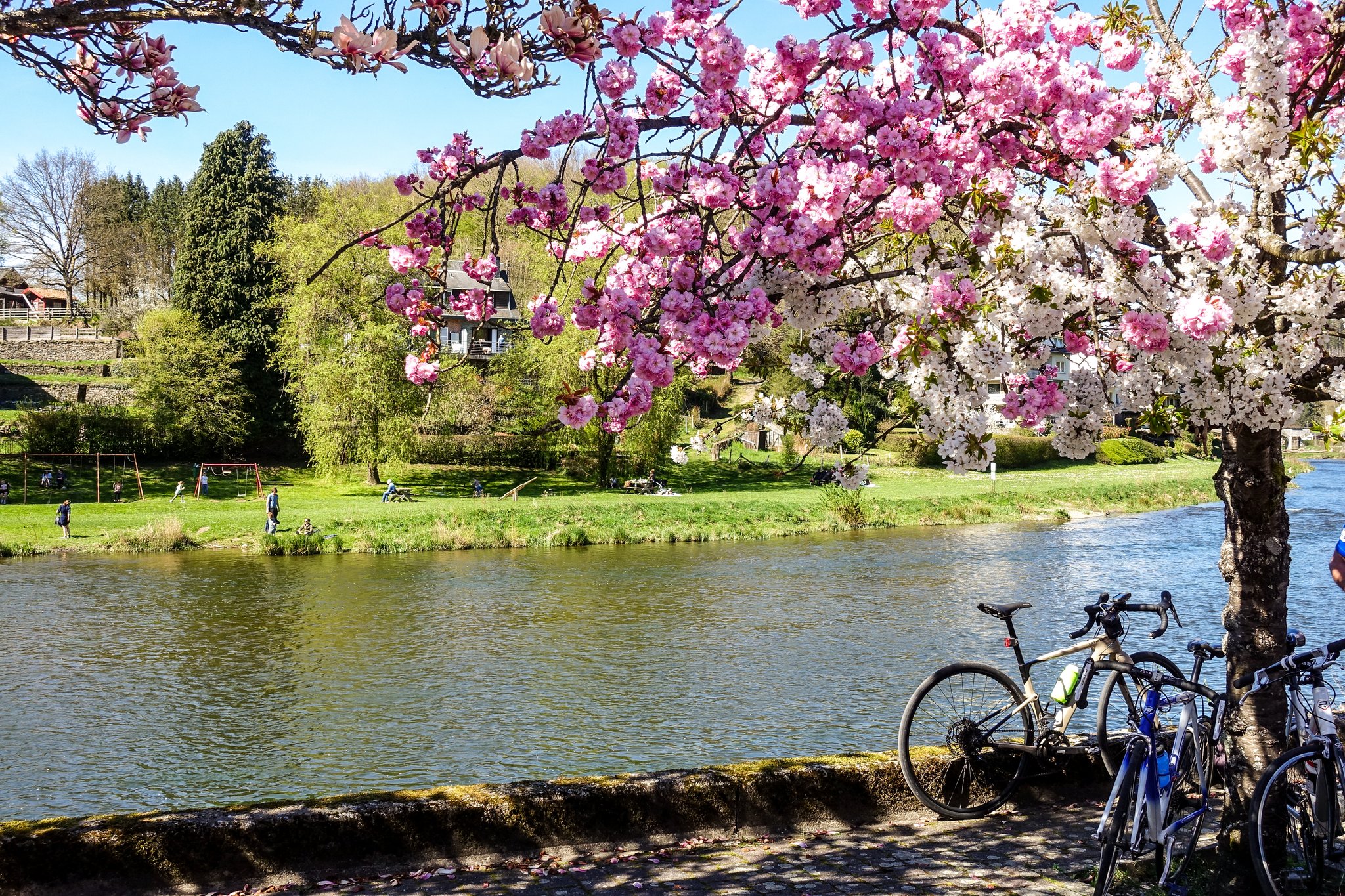
Best Cycling Routes and Regions in Belgium
What kind of rider are you — canal cruiser, forest explorer, or culture lover? In Belgium, you don’t have to choose. The country’s compact size and smooth cross-border links mean you can cycle through several landscapes, languages, and cuisines in just a few days.
Every cycling holiday here packs in variety. On a single route, you can move from cobblestoned cities to quiet riversides, or from coastal dunes to forested hills — all supported by one of Europe’s most cyclist-friendly networks.
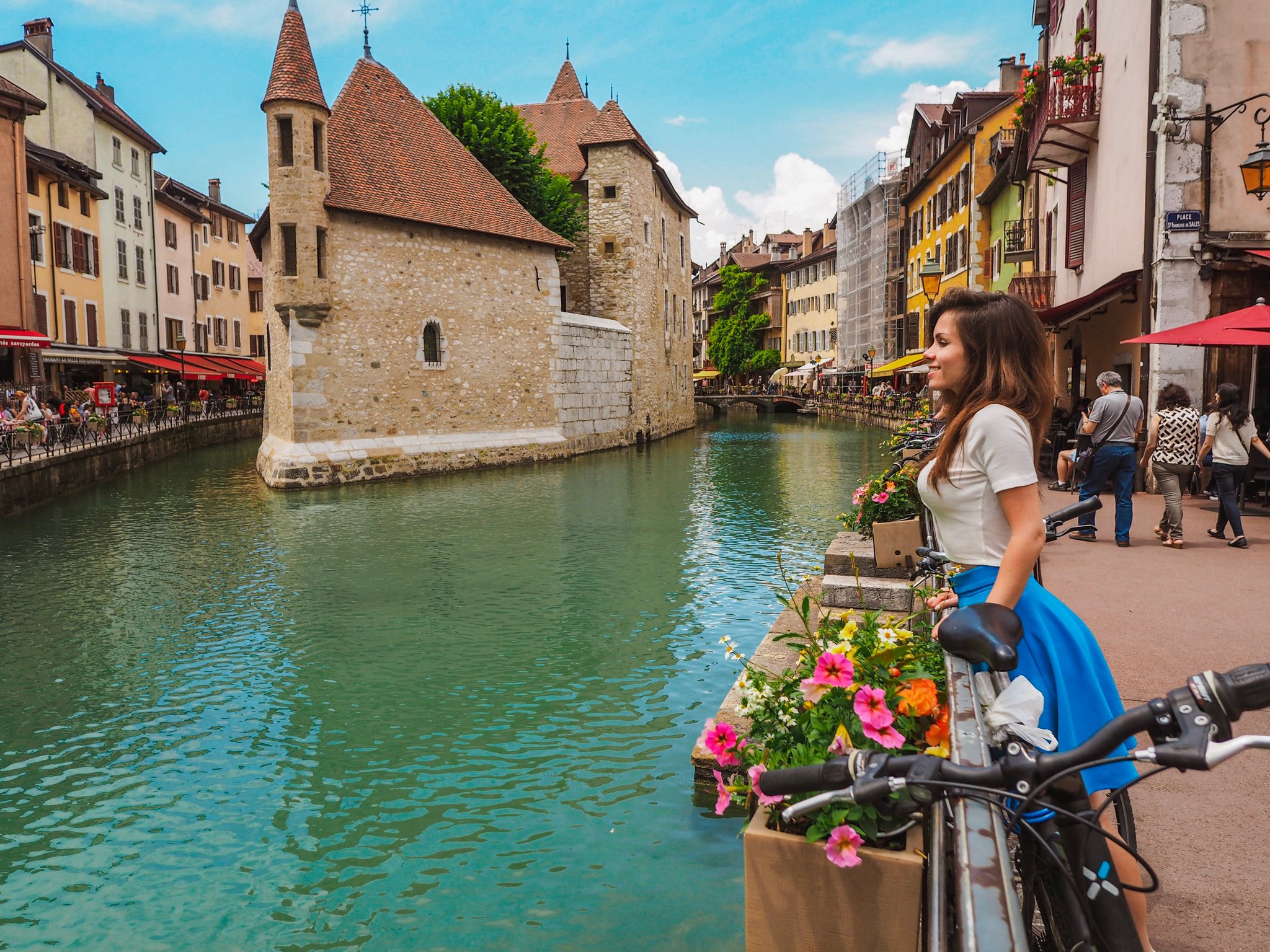
Here are the top regions for cycling holidays in Belgium:
- Flanders – Canals, art cities & cycling heritage
- Ardennes & Wallonia – Forests, citadels & river valleys
- Coastal Flanders – Dunes, dikes & North Sea air
- Cross-Border Heartlands – Belgium to the Netherlands & France
- Central Belgium & RAVeL Corridors – Forests, abbeys & innovation
Each region offers a distinct character — here’s how they compare so you can find your perfect ride:
1. Flanders – Canals, Art Cities & Cycling Heritage
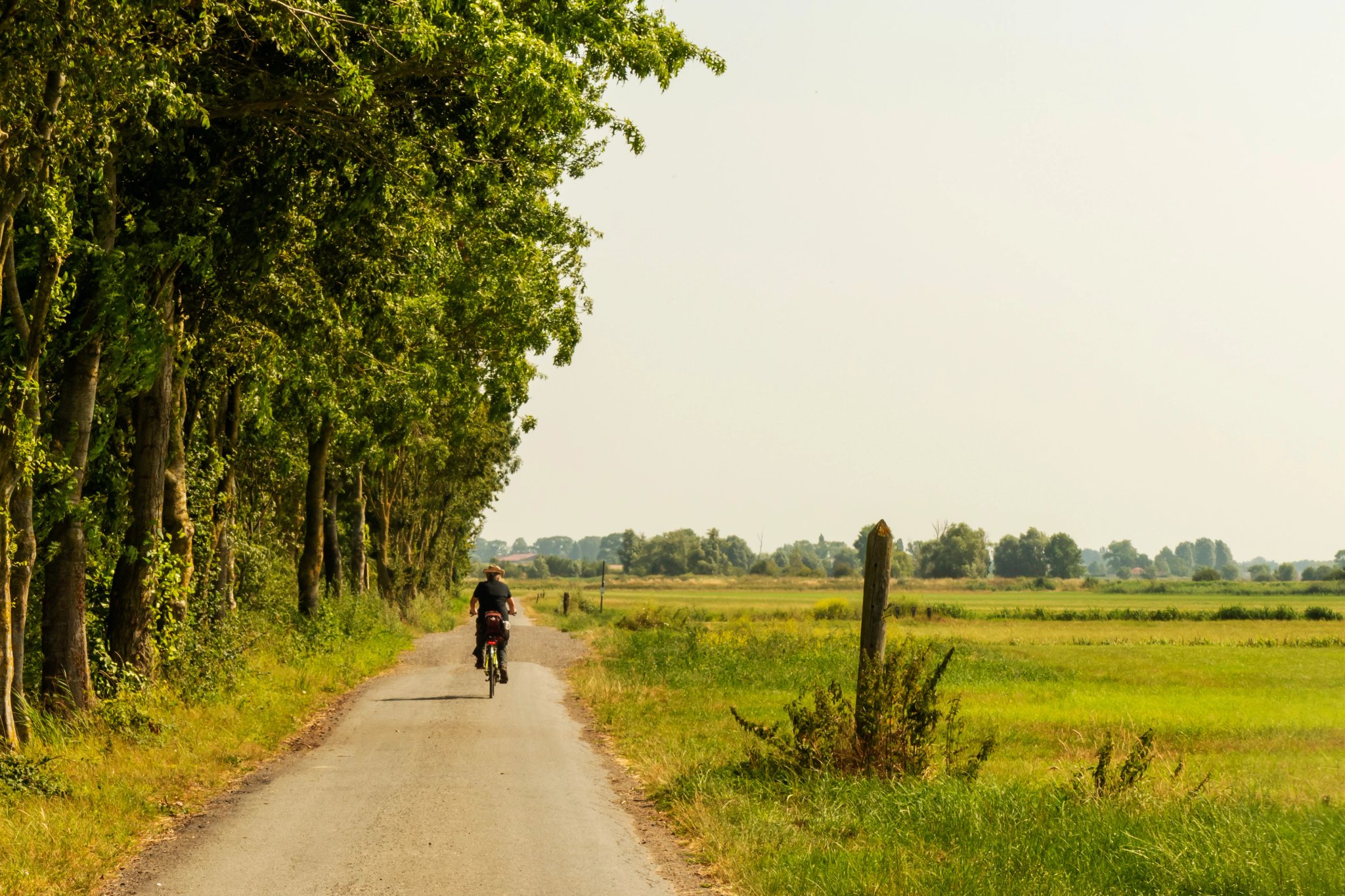
Why it stands out: Flanders is the heart of Belgian cycling — flat, scenic, and full of local color. Well-paved canal paths and country lanes connect the historic art cities of Bruges, Ghent, and Antwerp, with daily distances of 30–60 kilometers and minimal elevation.
Relative strengths & trade-offs:
- Perfect for relaxed touring and first-time riders.
- Exceptional cultural density — UNESCO towns, breweries, and cobbled classics.
- Can feel busier near Bruges and Ghent in summer.
Experience the best of Flanders:
2. Ardennes & Wallonia – Forests, Citadels & River Valleys
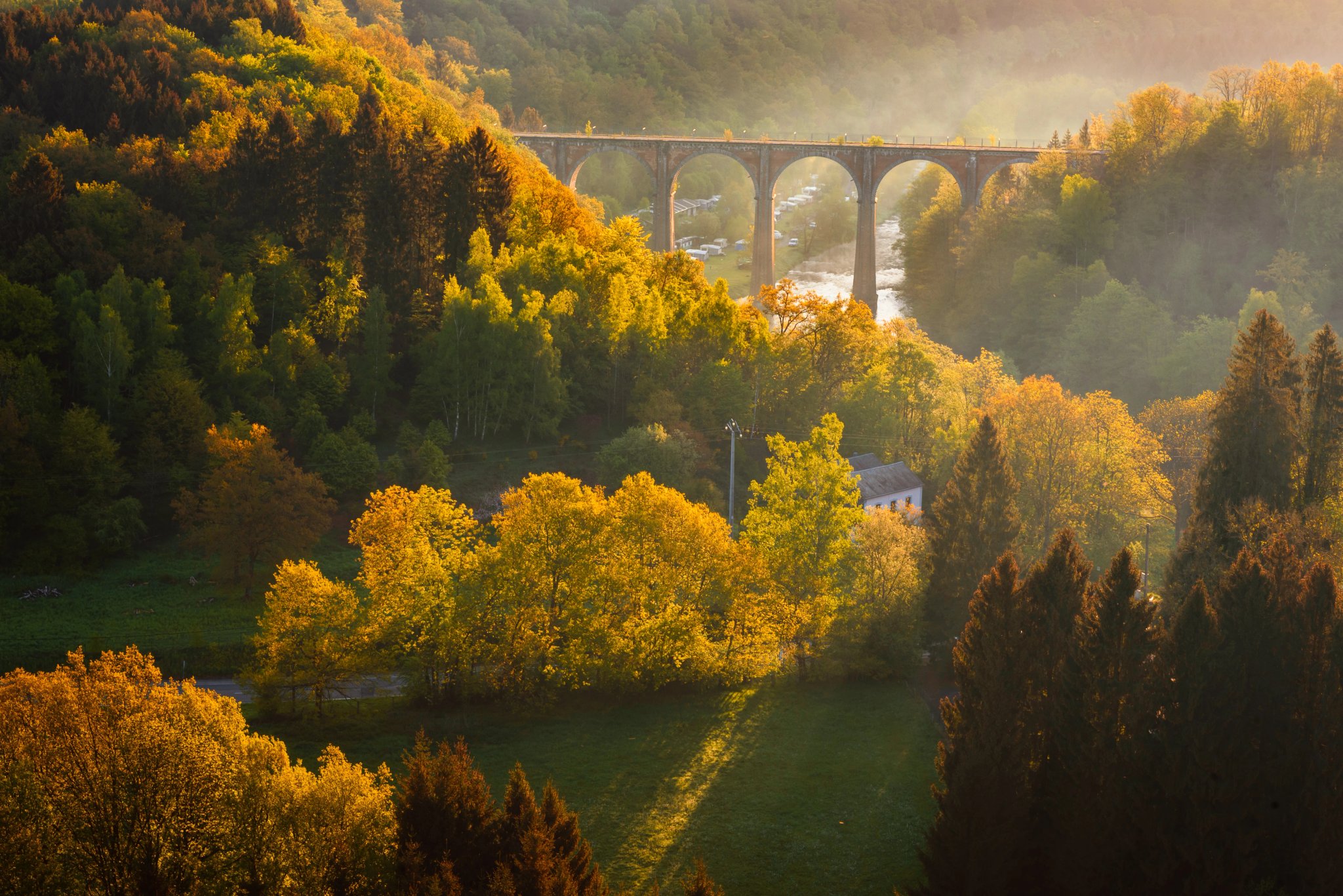
Why it stands out: Southern Belgium shifts to a slower, more rugged rhythm. The Ardennes and Wallonia combine quiet forest roads, river valleys, and rolling climbs averaging 200–500 meters of elevation per day.
Relative strengths & trade-offs:
- Ideal for moderate to strong riders who enjoy elevation and solitude.
- Rich in castles, abbeys, and panoramic viewpoints.
- Terrain is hillier and less urbanized than the north.
Cycle the best of the Ardennes & Wallonia:
3. Coastal Flanders – Dunes, Dikes & North Sea Air
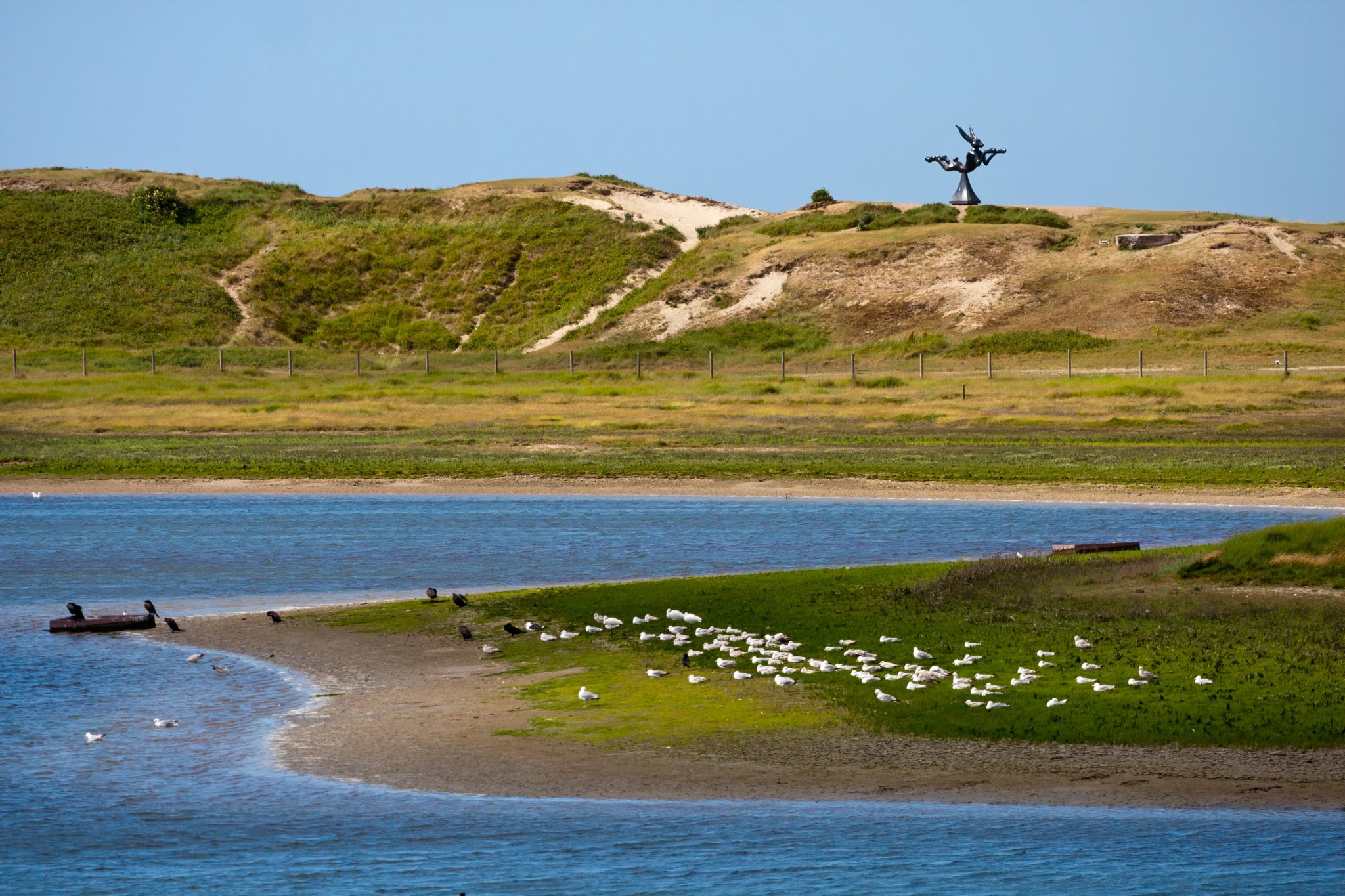
Why it stands out: Belgium’s North Sea coast offers breezy, flat cycling through dunes, polders, and harbor towns. Expect salt air, big skies, and plenty of photo stops — this is Belgium’s most relaxed region for cycling holidays.
Relative strengths & trade-offs:
- Great for families and leisure cyclists.
- Coastal winds can be strong — e-bikes recommended.
- Busy during July–August, quieter in spring and autumn.
Ride the best of Coastal Flanders:
4. Cross-Border Heartlands – Belgium to the Netherlands & France
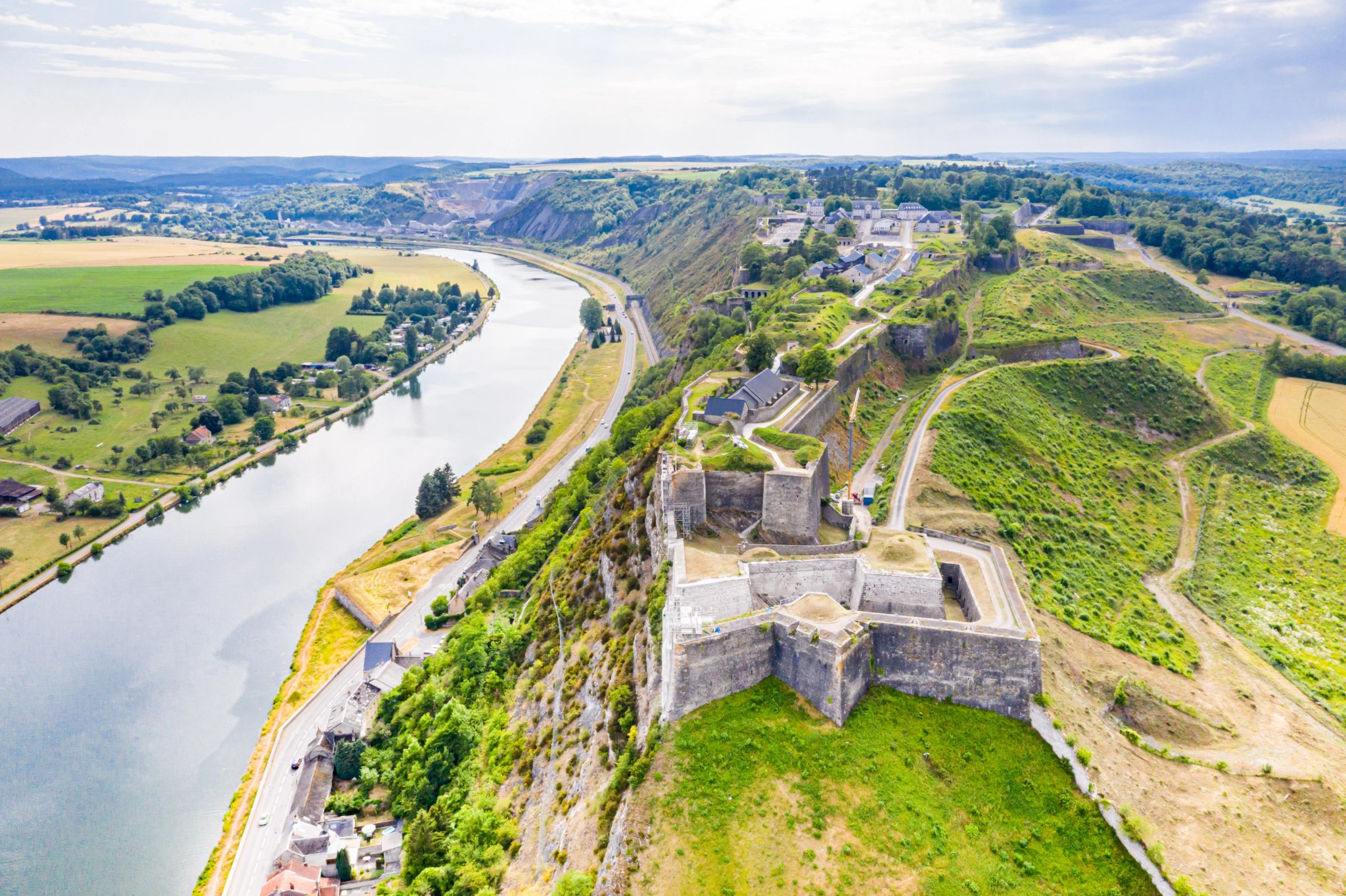
Why it stands out: Few countries make international cycling this effortless. Cross-border rides highlight how Belgium sits at Europe’s crossroads — one trip can blend Dutch canals, French châteaux, and Belgian abbeys without ever feeling rushed.
Relative strengths & trade-offs:
- Perfect for explorers who love cultural variety.
- Excellent infrastructure across all borders.
- Longer logistics but unmatched diversity in scenery and cuisine.
Cycle across borders with these routes:
5. Central Belgium – Forests, Abbeys & RAVeL Corridors
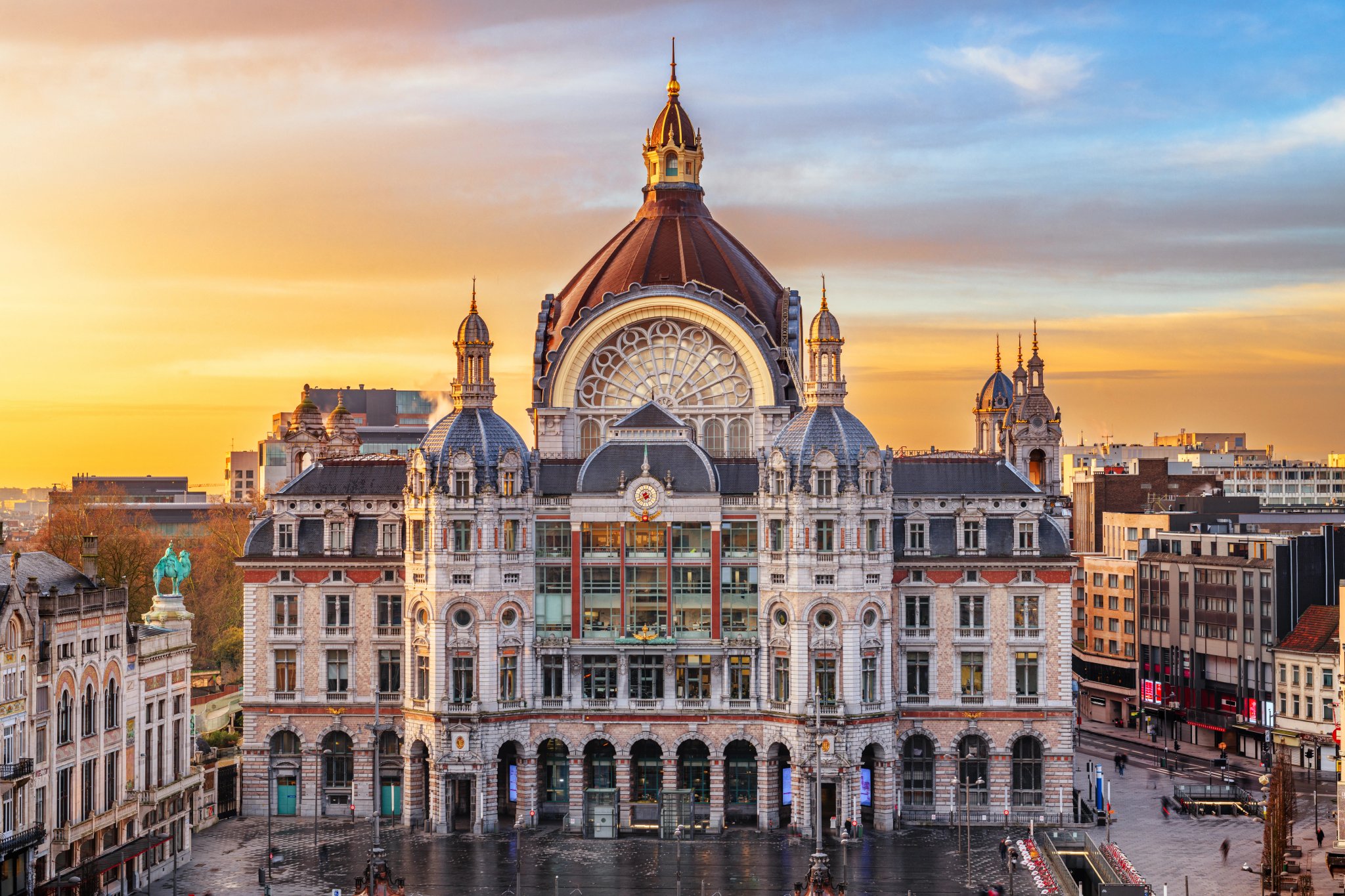
Why it stands out: At Belgium’s center lies a network of quiet forest lanes, abbey routes, and unique engineering marvels. The RAVeL corridors here use disused railway lines and canal towpaths to create long, safe, and scenic rides through Brabant and Limburg.
Relative strengths & trade-offs:
- Excellent for e-bike touring and families.
- Unique experiences found nowhere else in Europe.
- Less coastal or mountainous, but rich in green tranquility.
Discover innovative rides through Central Belgium:
Our team of cycling experts has carefully curated these regions after extensive research and on-the-ground experience to capture the very best of what Belgium offers.
Ready to explore more? Discover our full guide to Belgium’s most scenic cycling regions.
Top Things to See in Belgium
Cycling in Belgium means pedaling straight through layers of history — from medieval squares and Gothic spires to canal-side cafés and fortress citadels. Few countries combine culture and scenery so seamlessly, and Belgium’s compact size means you can experience several UNESCO-listed landmarks in a single trip.
Our routes are designed to pass directly through some of the country’s most remarkable highlights, so every stop adds to the story.
Some of The Must-see Places to Explore Along the Way:
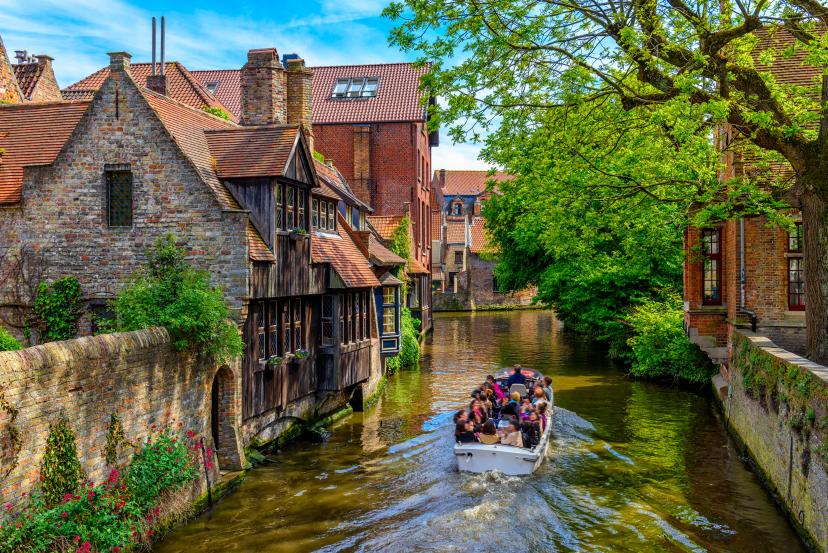
Bruges
Often called the “Venice of the North,” Bruges enchants with over 80 stone bridges, quiet canals, and cobbled lanes that seem unchanged since the 13th century. Cyclists ride past gabled merchant houses, windmills, and hidden courtyards that reflect in the water on calm mornings. The 83-meter Belfry Tower rewards a climb with sweeping views across red rooftops and church spires, a fitting send-off before heading into the Flanders countryside.
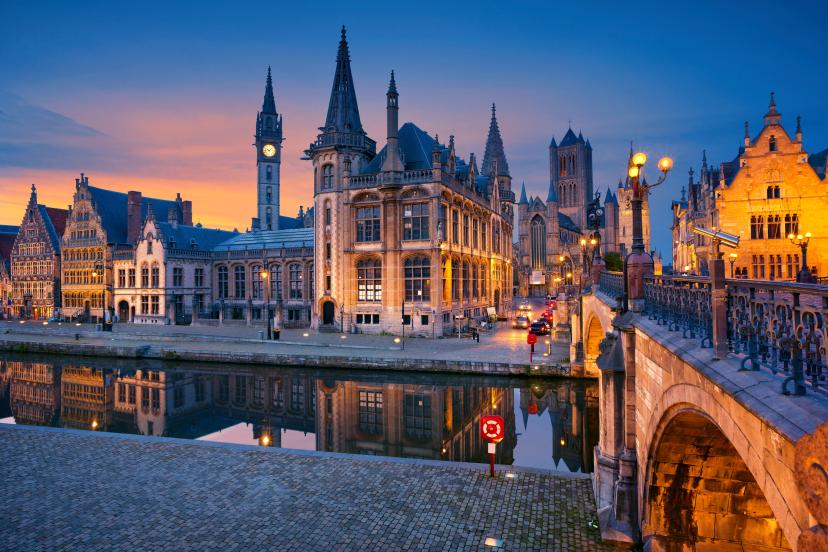
Ghent
A lively blend of medieval grandeur and student energy, Ghent is home to nearly 100,000 university students and one of Belgium’s most beautiful riverside skylines. The 12th-century Gravensteen Castle rises above the Lys, while car-free cycling paths trace the edges of centuries-old quays lined with cafés and galleries. Pedaling through this cultural hub feels like a journey between past and present, where Gothic towers meet modern street art.
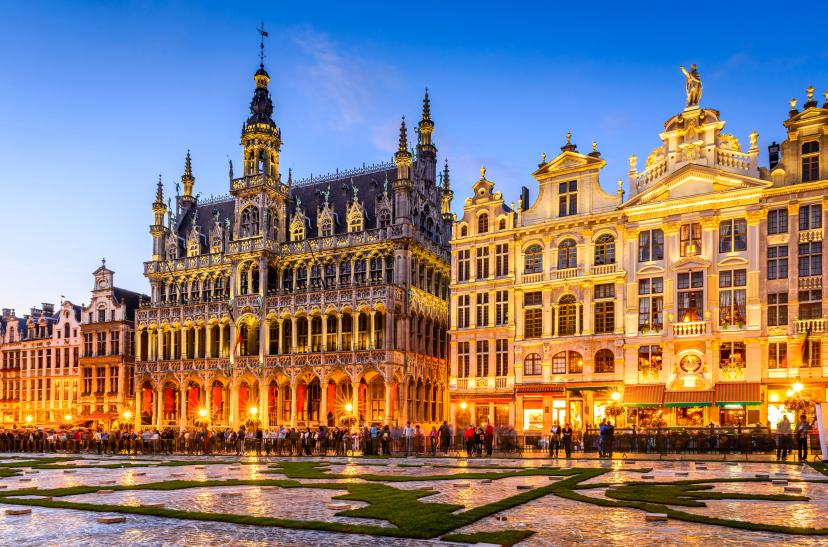
Brussels
Belgium’s capital dazzles with grand architecture, world-class museums, and a vibrant café culture. The Grand Place, a UNESCO World Heritage Site framed by 17th-century guild halls, is often cited among Europe’s most beautiful squares. The Atomium, built for the 1958 World Expo and standing 102 meters tall, offers panoramic city views, while leafy cycling paths lead past royal parks and art-nouveau façades.
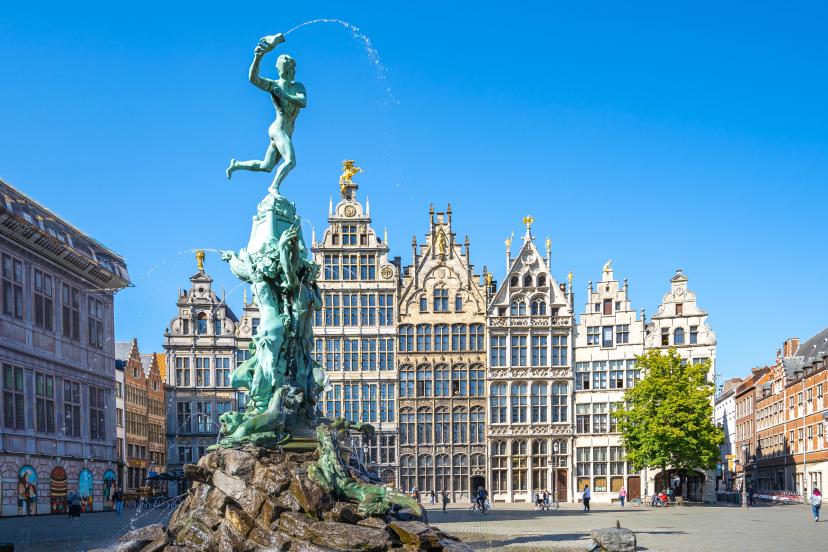
Antwerp
Antwerp blends modern creativity with old-world grandeur, known for its 123-meter cathedral spire and as the world’s diamond capital. The old harbor area now hosts galleries, trendy cafés, and bike lanes tracing the River Scheldt. Exploring the city by bike reveals layers of history—from Rubens’ baroque masterpieces to the ornate guild houses that still define its skyline.
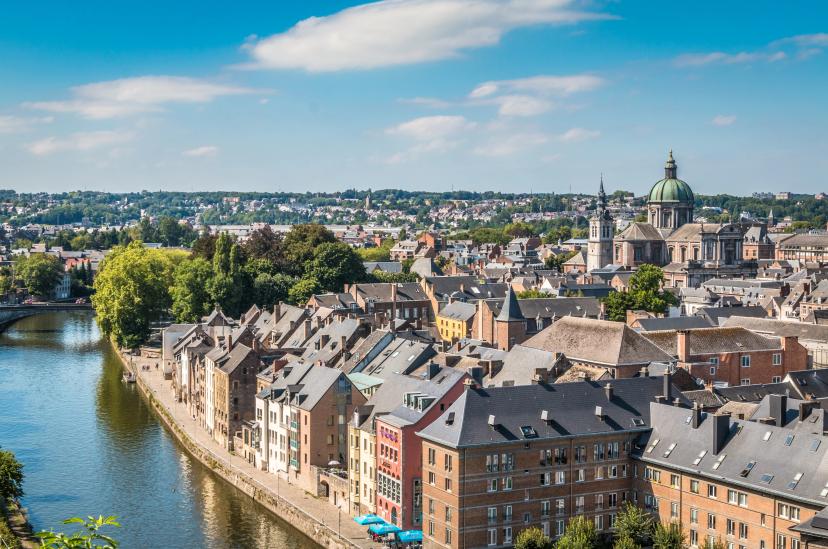
Namur
Namur sits at the confluence of the Meuse and Sambre Rivers, watched over by a sprawling citadel that rises more than 100 meters above the town. The historic center is filled with cafés, market squares, and narrow lanes perfect for a leisurely stroll after a ride. From the fortress ramparts, cyclists can enjoy sweeping views of Wallonia’s countryside before continuing south along peaceful riverside trails.
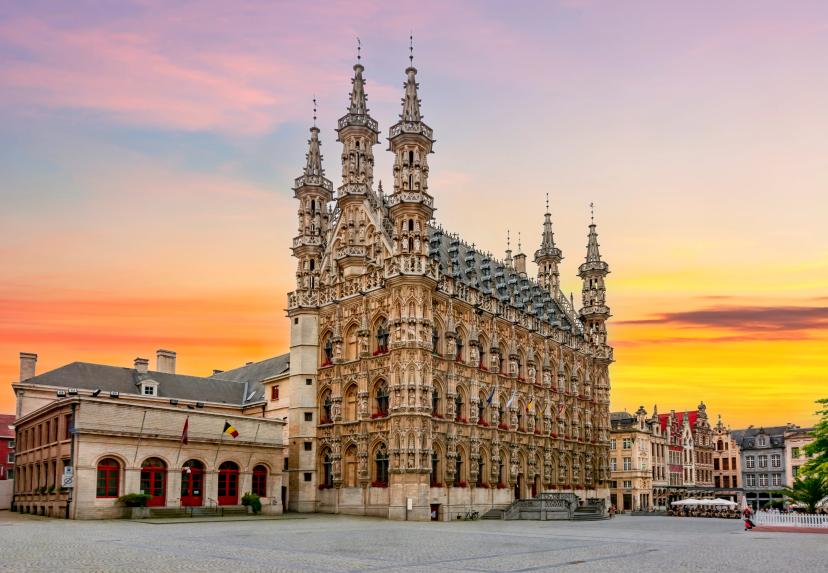
Leuven
Home to one of Europe’s oldest universities, founded in 1425, Leuven mixes Gothic grandeur with a young, energetic atmosphere. The 15th-century town hall, with its 236 statues and ornate spires, stands as a masterpiece of Brabantine architecture. Beyond the center, quiet cycling paths wind past abbey gardens, hop fields, and the world’s oldest brewery, offering the perfect mix of culture and countryside.
Want to see more? Explore our full guide to Belgium’s must-see places.
How Many Days for a Cycling Holiday in Belgium?
Most cycling holidays in Belgium last between 7 and 15 days, giving riders the perfect balance between exploration and relaxation. A week-long itinerary covers the highlights — from Bruges’ canals to the Meuse Valley — while longer tours allow for deeper journeys into both Flanders and Wallonia, or even cross-border routes into France, Holland, and Luxembourg.
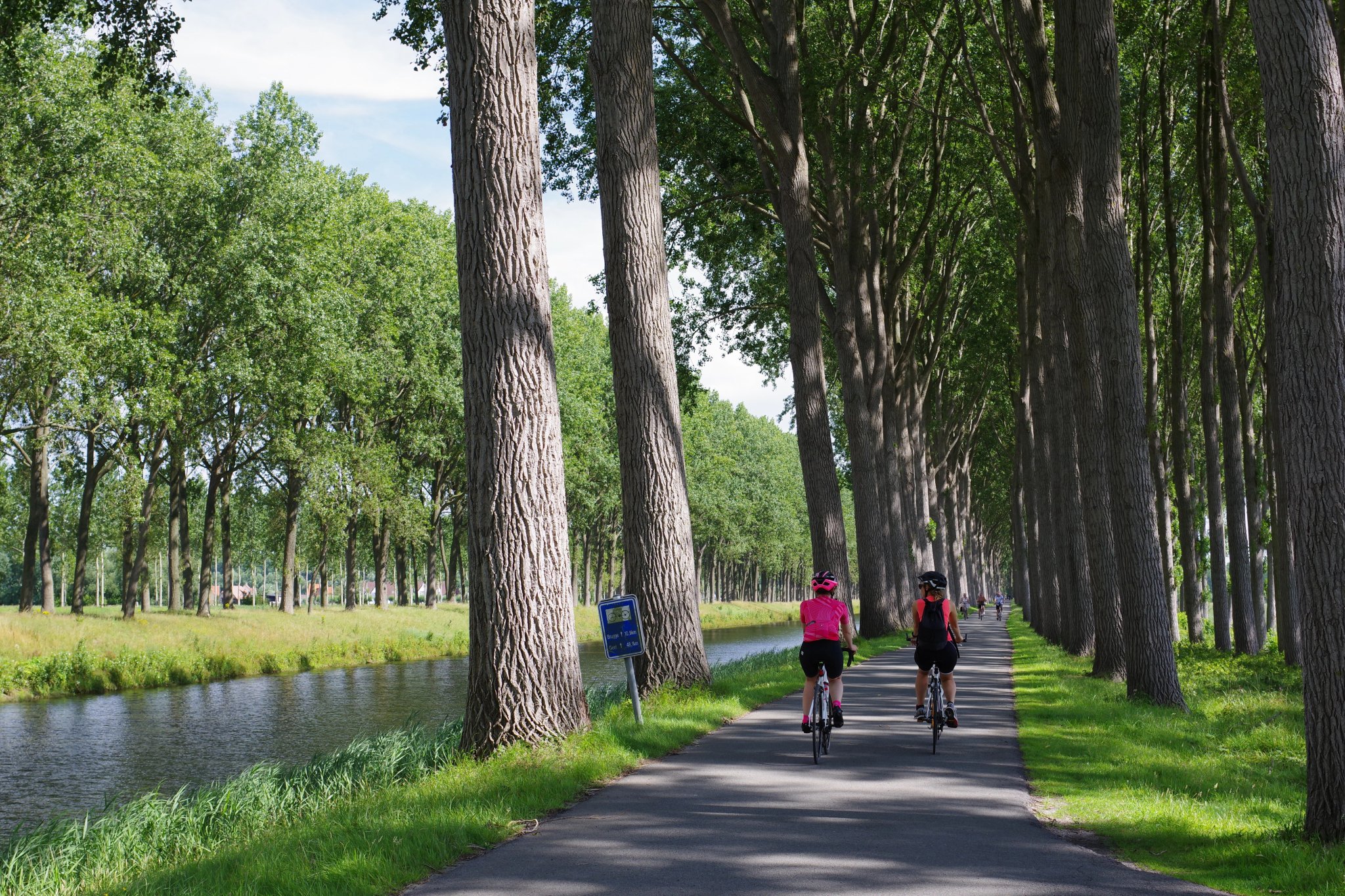
A 7–15 day span gives enough time for unhurried riding, café stops, and cultural detours without feeling rushed. Daily stages typically range from 40 to 70 kilometers, making them comfortable for leisure cyclists while still engaging for experienced riders. With luggage transfers, GPS navigation, and on-tour support included, the rhythm of each day is set for discovery rather than distance.
Add-Ons to Your Experience
Cycling in Belgium easily combines with nearby cultural or culinary adventures. Thanks to the country’s small size and excellent train connections, it’s simple to extend your stay — before, during, or after your tour.
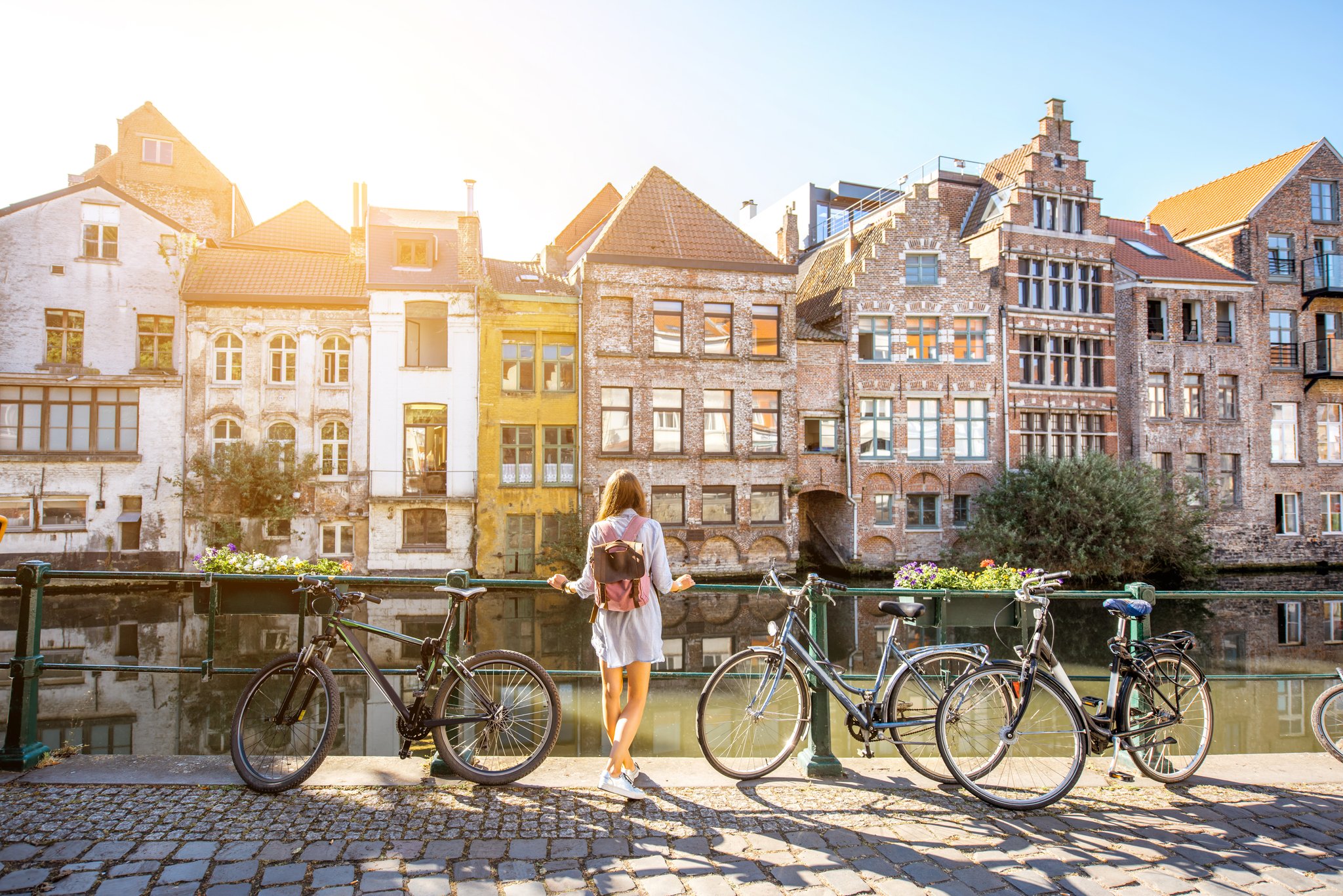
Here are some of the most popular add-ons among our riders:
- City breaks in Brussels, Ghent, or Bruges – enjoy world-class art, canal views, and café culture.
- Beer and chocolate tastings – visit Trappist breweries, artisanal chocolatiers, and local markets.
- Historic day trips – explore Ypres’ WWI memorials, Waterloo’s battlefield, or Liège’s art museums.
- Nature escapes – add hiking days in the Ardennes or a kayak trip along the Lesse River.
- Cross-border extensions – continue into France, Holland, or Luxembourg with seamless train links.
Ready to make it your own? Belgium’s central location and compact size make it easy to build a tailor-made cycling experience — just let us know what you’d like to add.
What to Pack
Packing for a cycling holiday in Belgium is simple once you know the essentials. The country’s compact size and mild climate mean you won’t need extreme-weather gear, but it’s smart to prepare for light rain and changing temperatures.
Every traveler on our tours receives a digital guidebook—so you’ll always be covered.
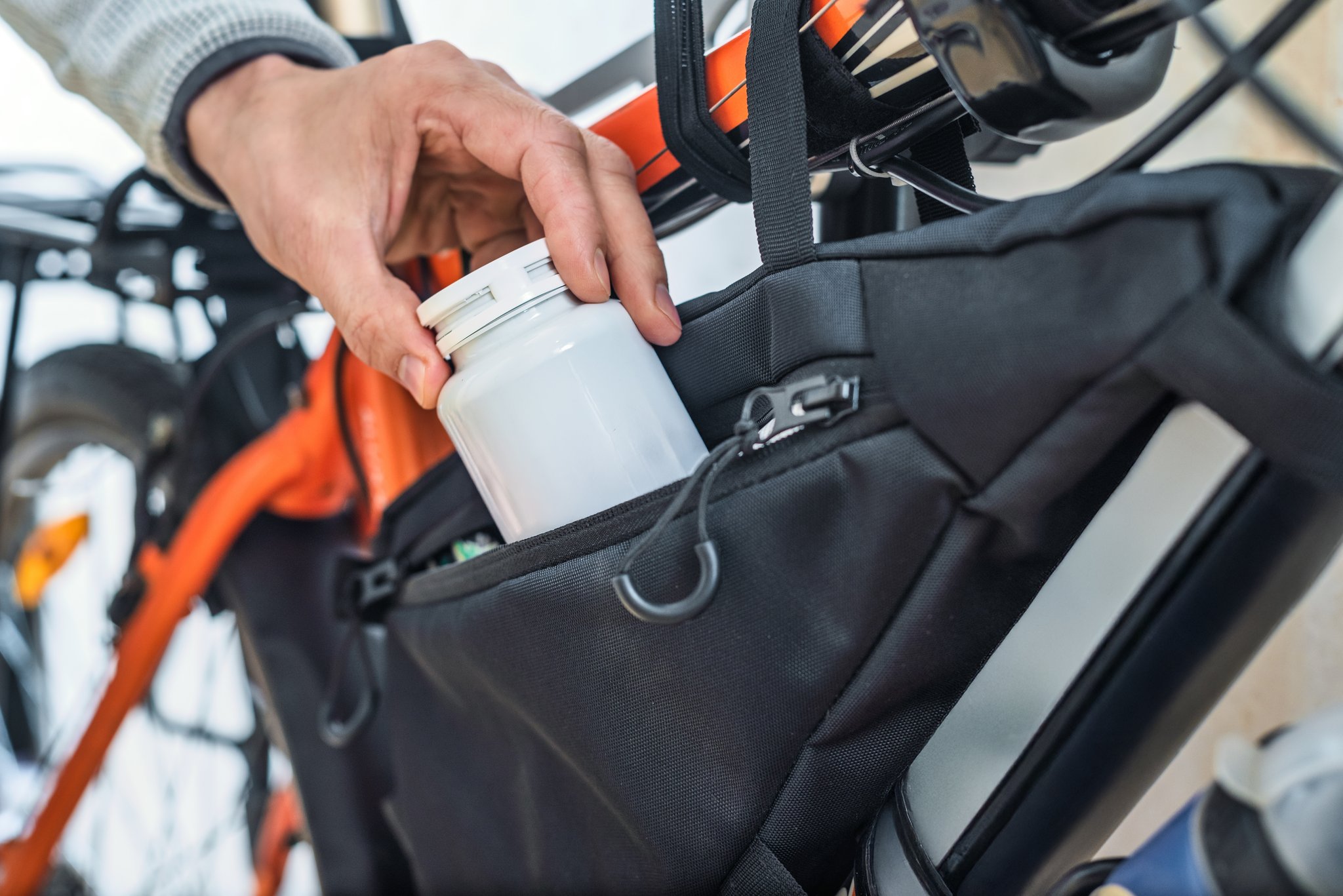
Essentials
- Passport (valid for at least 3 months beyond return date)
- Clothing for riding (we will send you a checklist)
- Casual off-bike clothes for evenings and sightseeing
- Swimwear for lakes, hotel pools, or spas
- Walking shoes or sandals for downtime
- Helmet – included with rentals, but bring your own if preferred
- Phone + charger + EU plug adapter (Type C or F)
- Power bank for long riding days
- Sunglasses and sunscreen
- Reusable water bottle
- Credit/debit cards and a small amount of euros in cash
- Local SIM card or eSIM – handy for navigation and calls
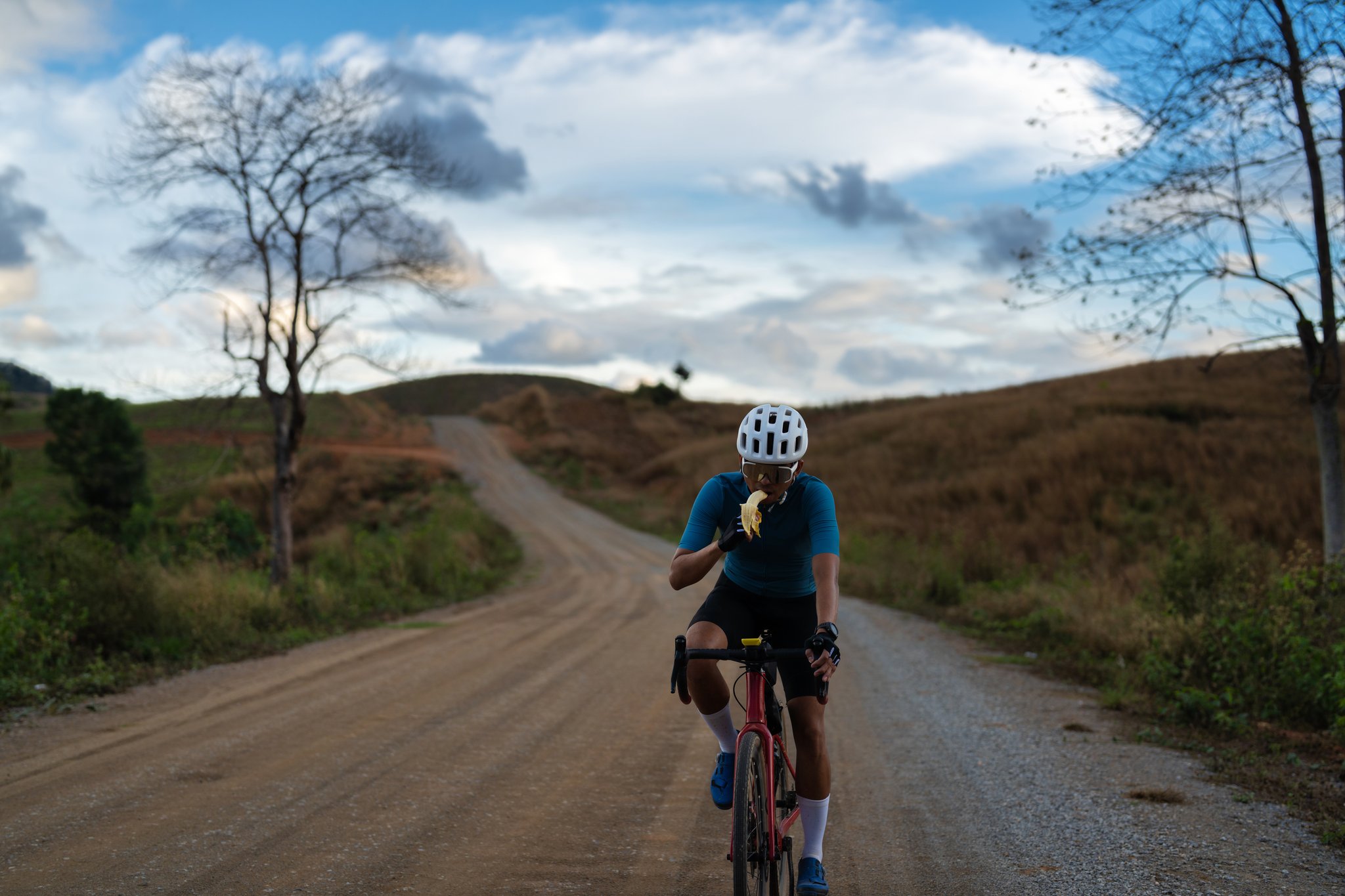
Nice-to-Have Extras
- Rain jacket & waterproof gear – spring and autumn rides often bring passing showers
- Shoe covers & warmer gloves – useful if you’re riding in cooler months like April or October
- Arm/leg warmers – light to pack, perfect for chilly mornings that warm up later
- High-visibility vest or bands – helpful for low-light conditions outside of summer
- Small first-aid kit – plasters, painkillers, and electrolyte tablets for extra comfort on longer days
All you have to do is pack — we handle the rest. With luggage transfers, GPS navigation, and full on-tour support, you can ride light and enjoy the journey.
Cycling Rules & Road Etiquette in Belgium
Understanding local cycling rules helps ensure a smooth, safe, and enjoyable ride. Belgium is one of Europe’s most cycle-conscious countries — bicycles are legally recognized as vehicles, with rights and responsibilities similar to cars.
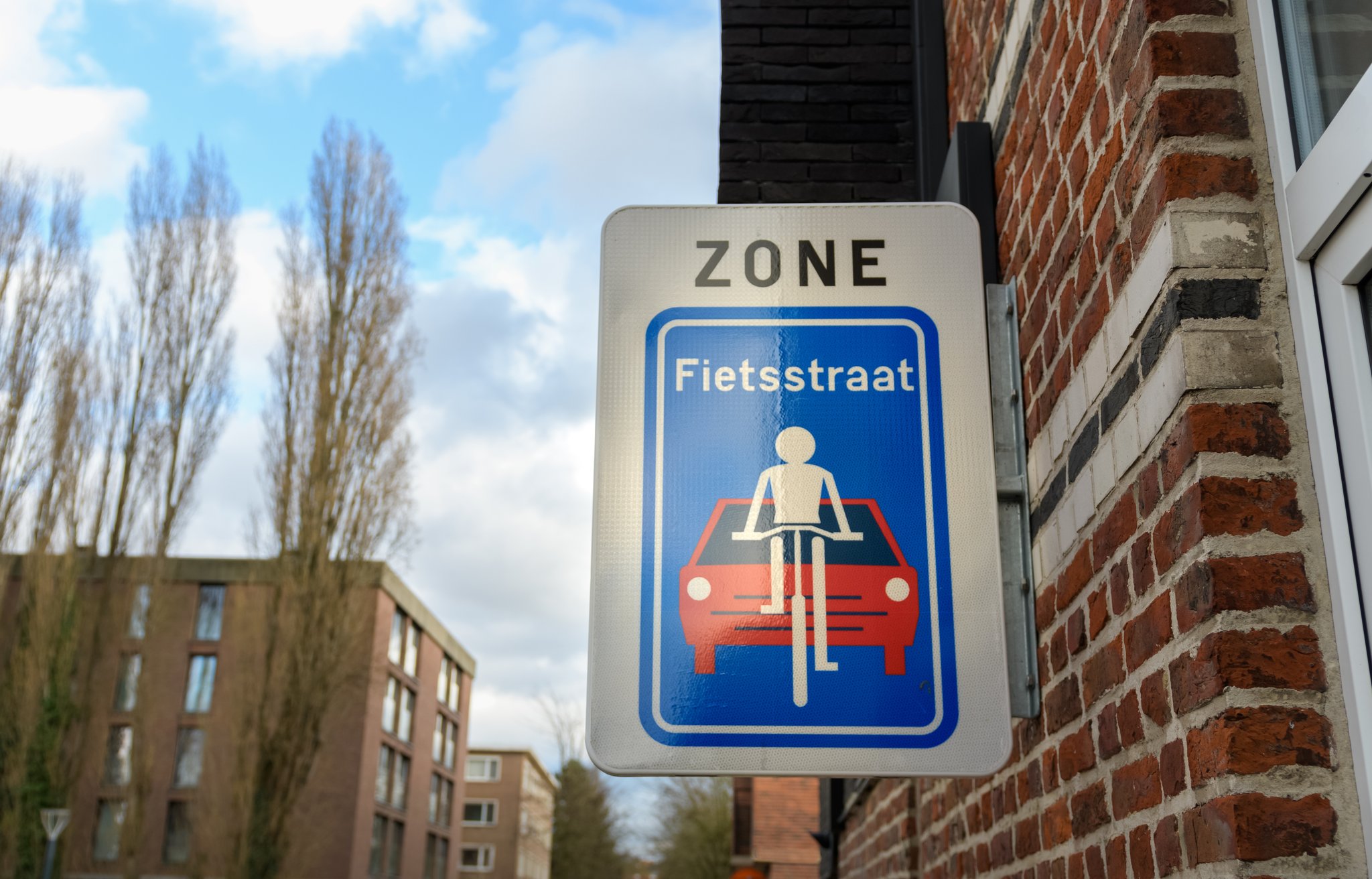
Belgium’s cycling network blends dedicated RAVeL paths, urban cycle lanes, and quiet rural roads. Signs appear in both French and Dutch (and sometimes German), but symbols and road markings are standardized nationwide, so once you know the basics, it’s easy to follow.
General Cycling Rules
- Bicycles are permitted on all public roads except motorways.
- Ride on the right-hand side of the road and obey all traffic signals.
- Use dedicated cycle lanes or RAVeL paths whenever available.
- Cyclists have priority on marked crossings and in designated cycling streets (“Fietsstraat / Rue Cyclable”), where cars must travel at cyclist speed.
- When riding in cities, stay alert for trams and buses — many Belgian streets feature shared lanes.
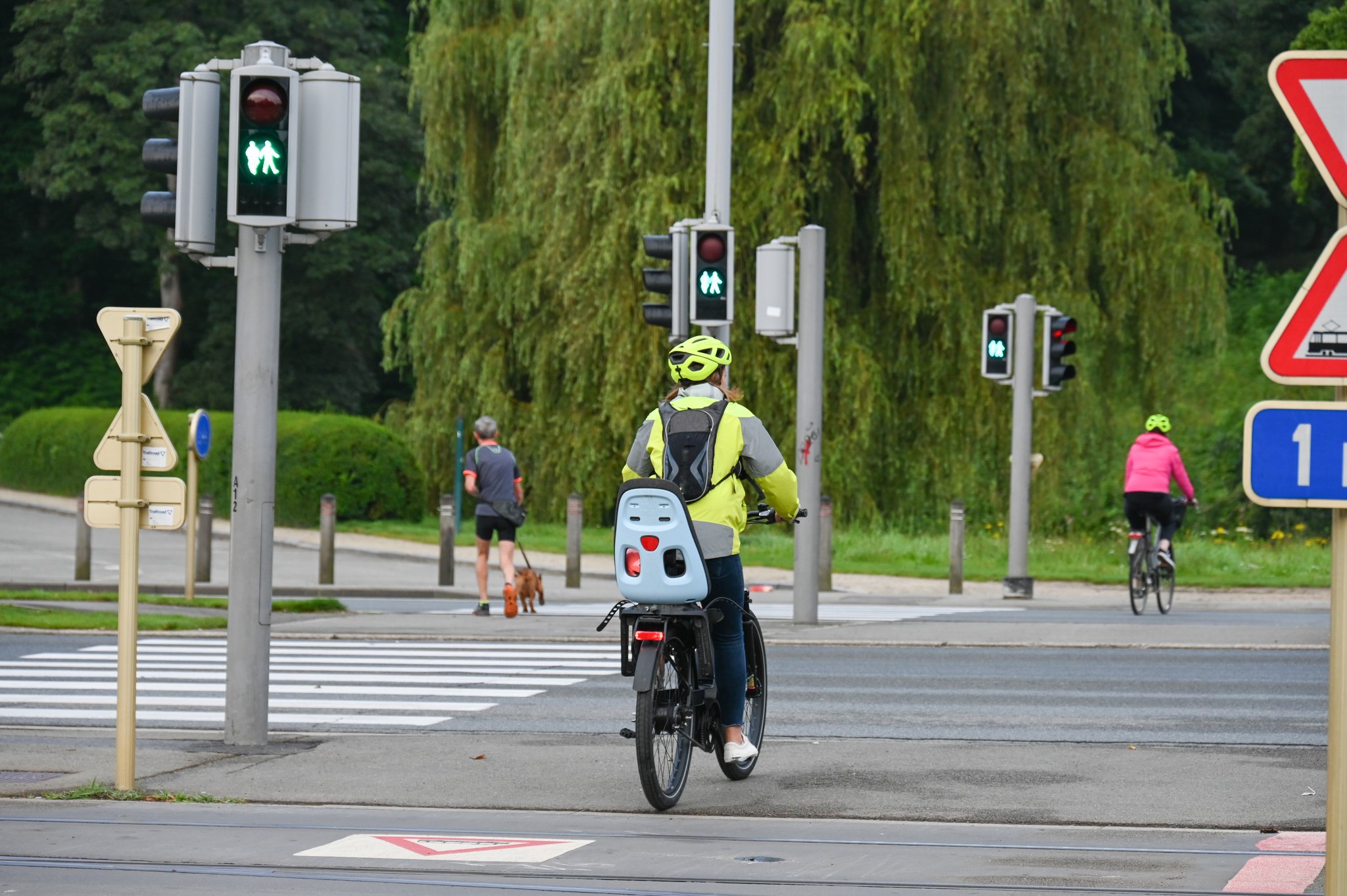
Riding Formation & Signals
- Riding two abreast is allowed on most roads and cycle paths unless it blocks traffic; switch to single file when necessary.
- Always signal turns and stops clearly with hand gestures.
- Yield to pedestrians at zebra crossings, even if you have right of way.
- At roundabouts, vehicles already inside generally have priority — check before entering.
Sidewalks & Shared Zones
- Cycling on sidewalks is not allowed unless a blue bicycle symbol explicitly permits it.
- Children under 9 may ride on the pavement; others must use the road or bike lane.
- In shared “zone de rencontre / ontmoetingszone” areas, pedestrians have full priority, and the speed limit is 20 km/h.
- In historic centers such as Bruges or Ghent, dismount where paths are crowded — it’s both safer and more considerate.
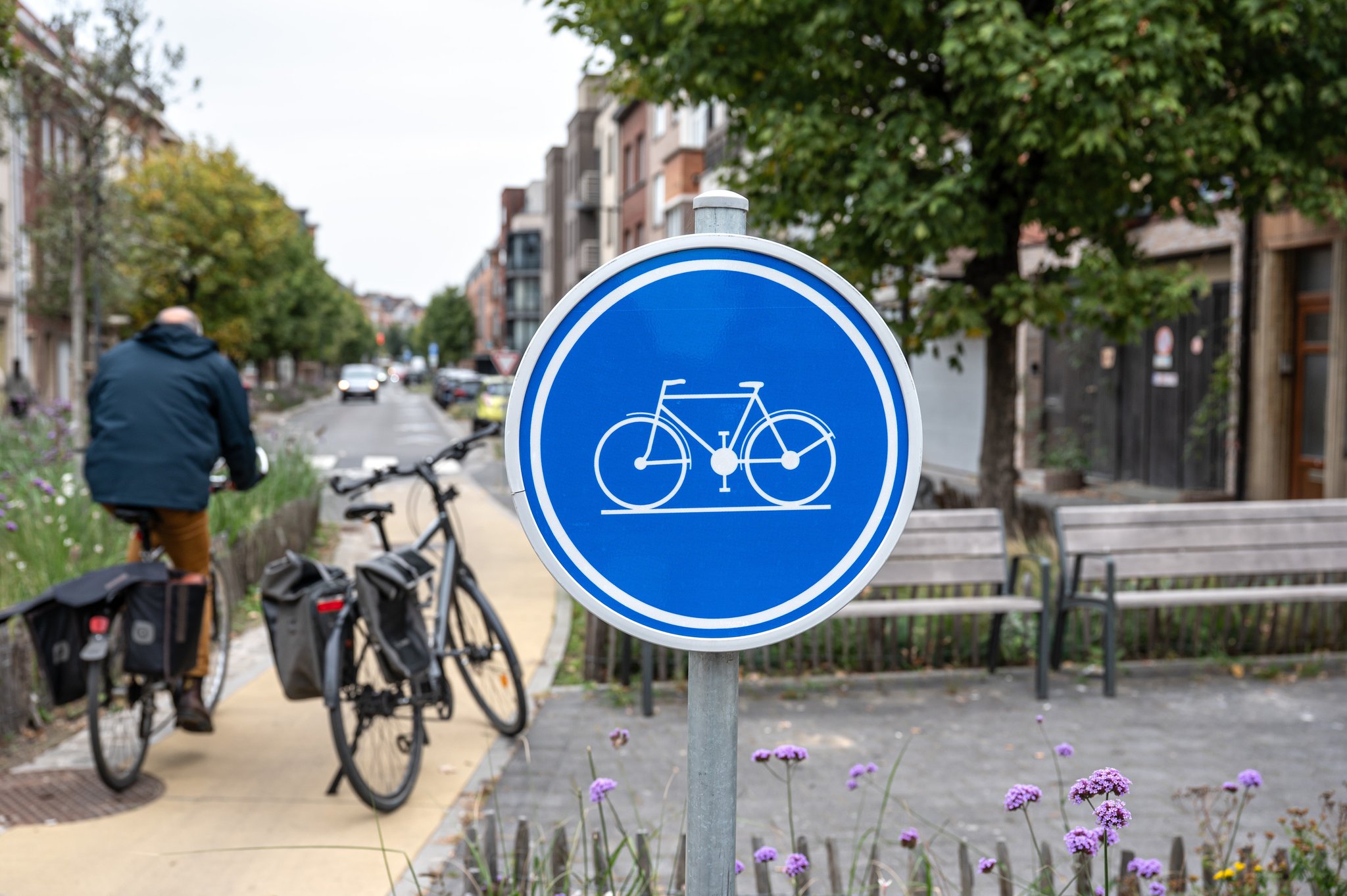
Helmets, Lights & Visibility
- Helmets are recommended for all riders but not mandatory.
- At night or in low light, bicycles must have:
- A white front light and red rear light
- Reflectors on pedals, wheels, and rear
- Reflective clothing or accessories are encouraged, especially in rural or coastal areas where lighting is limited.
Phone Use While Cycling
Using a mobile phone while riding is prohibited in Belgium, even with hands-free devices if they reduce your awareness of traffic. If you need to check navigation or make a call, stop safely at the side of the road first. Police checks are frequent, especially in urban zones, and fines apply for violations.
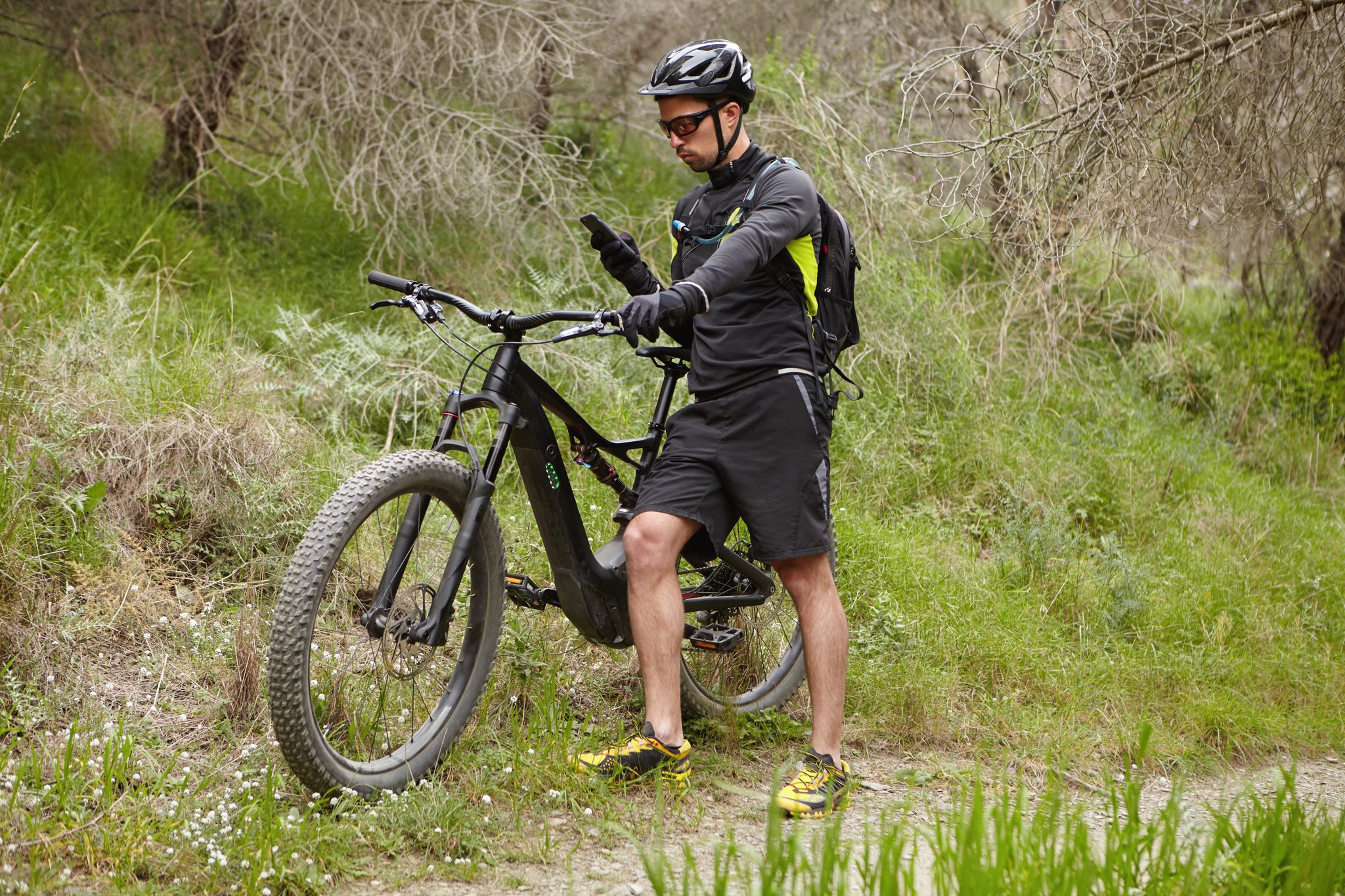
Alcohol & General Safety
- The legal blood-alcohol limit for cyclists is 0.5‰, the same as for car drivers.
- One small beer or glass of wine may stay within the limit, but enforcement is strict — it’s safest to wait until the day’s ride is done before sampling Belgium’s famous brews.
- Belgian drivers are generally courteous toward cyclists, especially on marked routes, but extra caution is needed on narrow village roads or at busy intersections.
Courtesy & Local Etiquette
- Always ring your bell before overtaking and give space when passing.
- A simple nod or wave to drivers who yield is part of Belgium’s polite cycling culture.
- Slow down near pedestrians and outdoor cafés, especially along canal paths and promenades.
- On the RAVeL network, maintain a moderate pace and signal before overtaking slower riders or walkers.
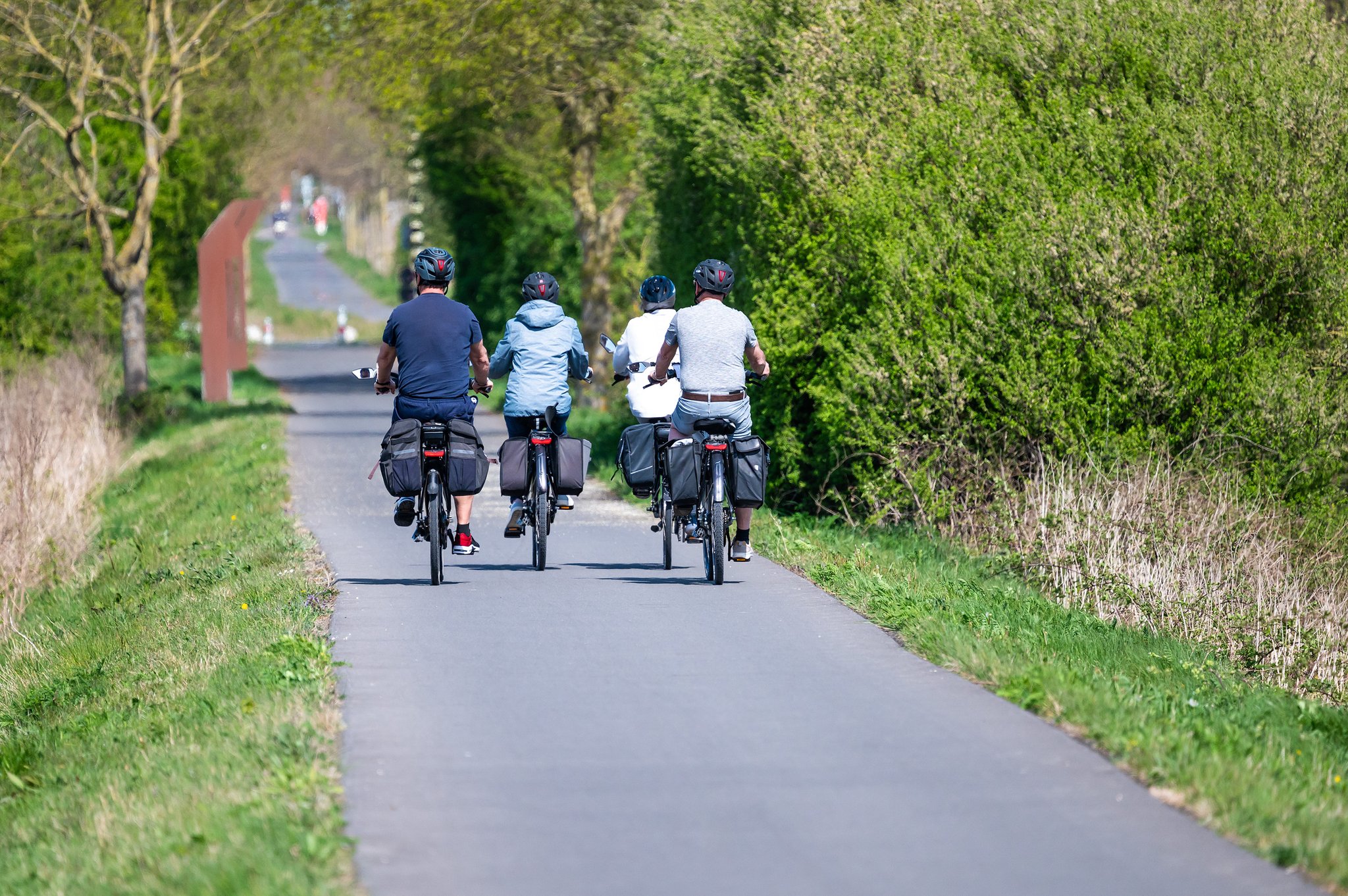
Belgium’s clear signage, cyclist-friendly laws, and respectful road culture make it one of Europe’s safest and most enjoyable countries to explore on two wheels.
Navigating Belgian Culture for Cyclists
Cycling in Belgium isn’t just about the scenic routes — it’s also about soaking in the rhythm of Belgian life. Between café terraces, weekend markets, and the irresistible aroma of waffles and fries, the cultural experience unfolds naturally along the ride.
You’ll pass cyclists commuting in suits, families on weekend rides, and groups of friends stopping for beer tastings or riverside picnics. The country’s relaxed, welcoming atmosphere is part of what makes cycling here feel effortless.
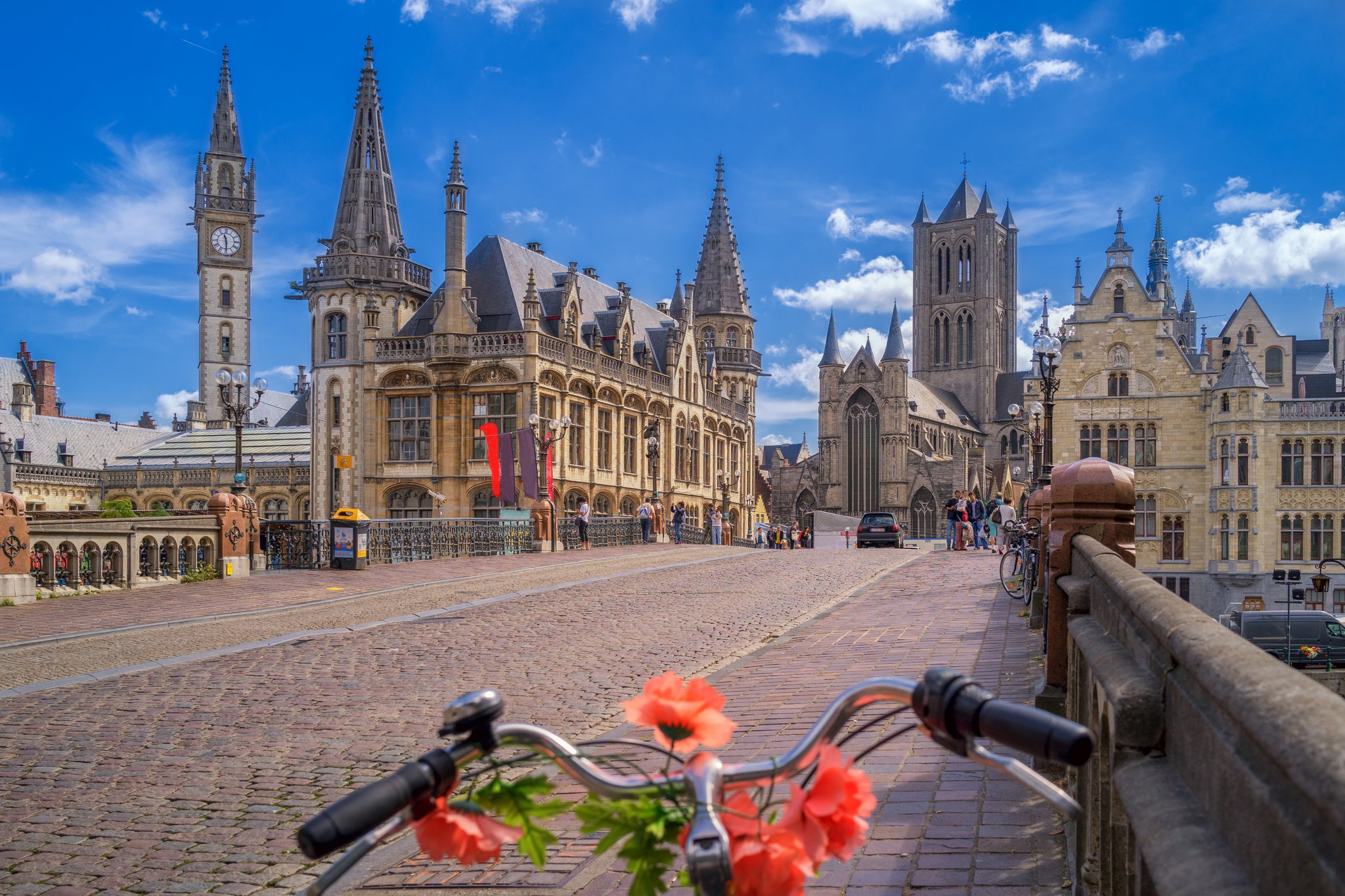
Embrace the Belgian Rhythm
Daily life in Belgium follows a gentle but consistent pace that shapes your cycling day.
- Lunch is usually served from 12:00 to 2:00 PM, often in cafés or brasseries offering sandwiches, soups, or daily specials.
- Dinner runs from 6:00 to 9:00 PM, with many kitchens closing early in smaller towns.
- Sundays are quiet — shops close, but local markets, church bells, and cycling clubs fill the morning air.
- Timekeeping matters: trains, restaurant bookings, and even beer tastings tend to run punctually.
Plan ahead if you’re riding through rural areas in the Ardennes or Limburg, where restaurant hours can be shorter and convenience shops close by early evening.
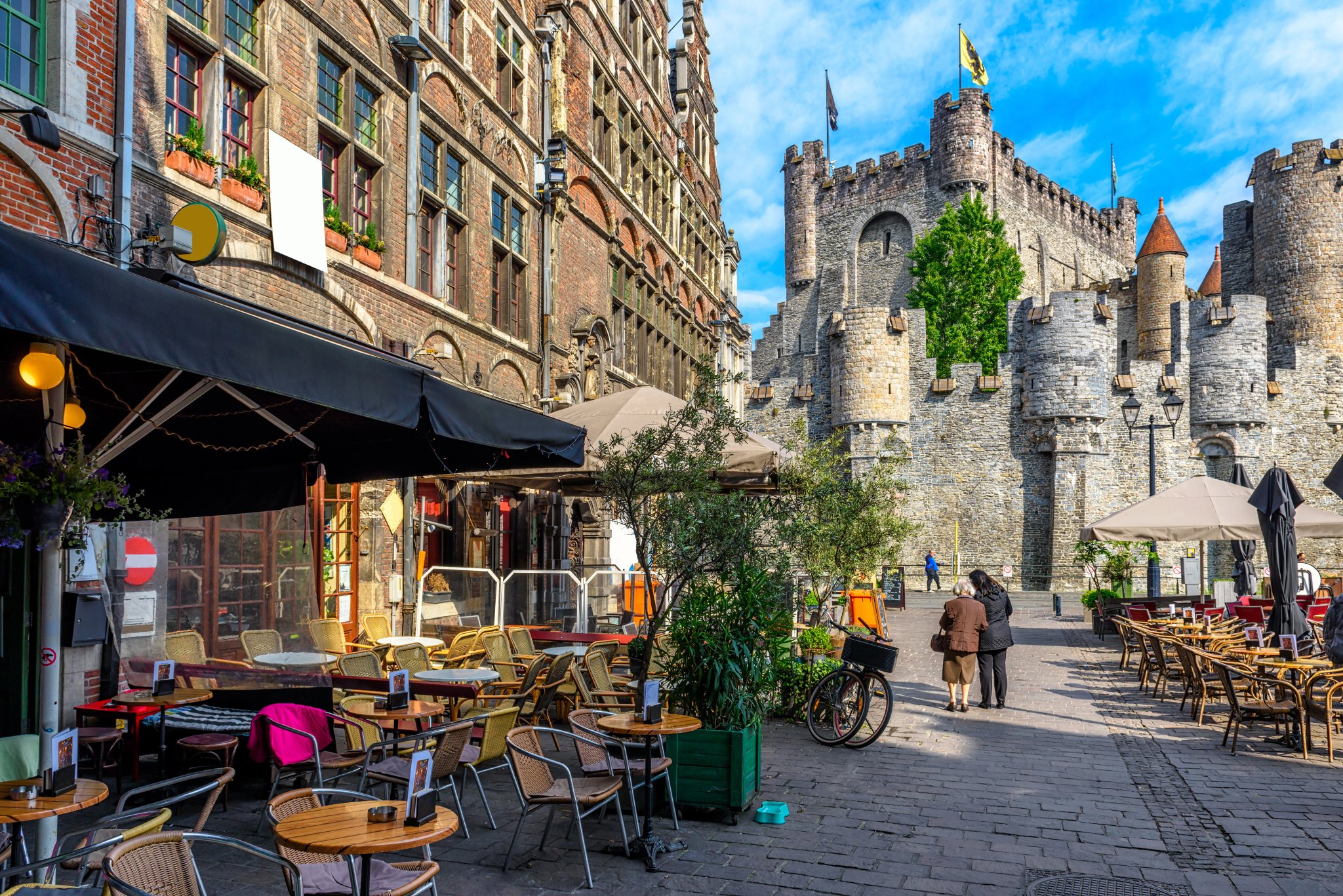
Café & Brasserie Culture
Belgium’s café culture is legendary and perfectly suited to cyclists. Whether in a city square or a small village, cafés and brasseries are natural rest points where locals meet, chat, and linger over coffee or a beer.
A typical mid-ride stop might include a coffee with a Liège waffle or a croque monsieur, while post-ride rewards often feature a Trappist beer or frites with homemade mayonnaise. Expect friendly but unhurried service — this is a country that values taking time to enjoy food and company.
Tipping is appreciated but not expected: rounding up the bill or leaving 5–10% for good service is plenty.
Belgium’s Cycling Events & Festivals
Cycling in Belgium goes far beyond the daily ride — it’s part of the country’s identity. From cobblestone classics to lively summer festivals, there’s always something happening on two wheels. Whether you’re watching pros conquer the Ardennes or joining locals for a riverside beer, every event adds another layer to the experience.
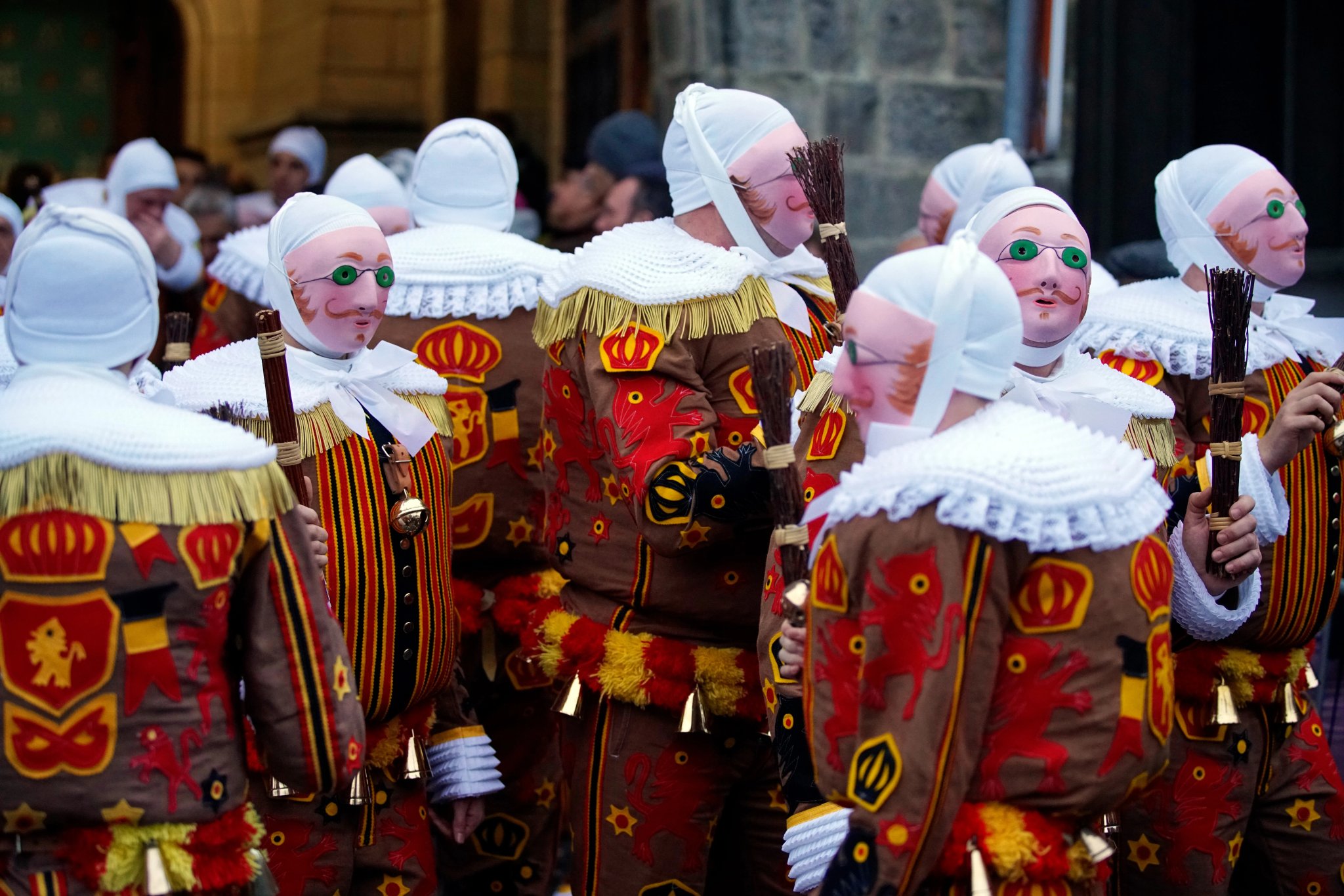
Events worth timing your trip around:
- Tour of Flanders – Ride the cobbles or cheer from the sidelines as the peloton conquers Flanders’ famous bergs
- Liège–Bastogne–Liège – Watch the world’s best riders climb through the Ardennes’ rolling forests
- Gentse Feesten – A 10-day street festival transforming Ghent into an open-air celebration
- Belgian Beer Weekend – Raise a glass in Brussels’ Grand Place after your final ride of the season
- Binche Carnival – UNESCO-listed folklore meets cycling culture in Wallonia’s colorful winter parade
See the full events calendar and find out what’s happening when you ride.
Or contact us, and we will make sure some of these or any other events that you are interested in will make it to your itinerary, or if you need assistance joining a professional cycling race on the way. We can make anything work!
Cuisine Worth the Ride
From classic frites stands to Michelin-starred brasseries, Belgian cuisine rewards cyclists at every turn. It’s hearty, diverse, and deeply regional — perfect fuel for days on two wheels. Riders can expect local dishes tied to the land they pass through: seafood on the coast, abbey cheese in Flanders, and game in the Ardennes.
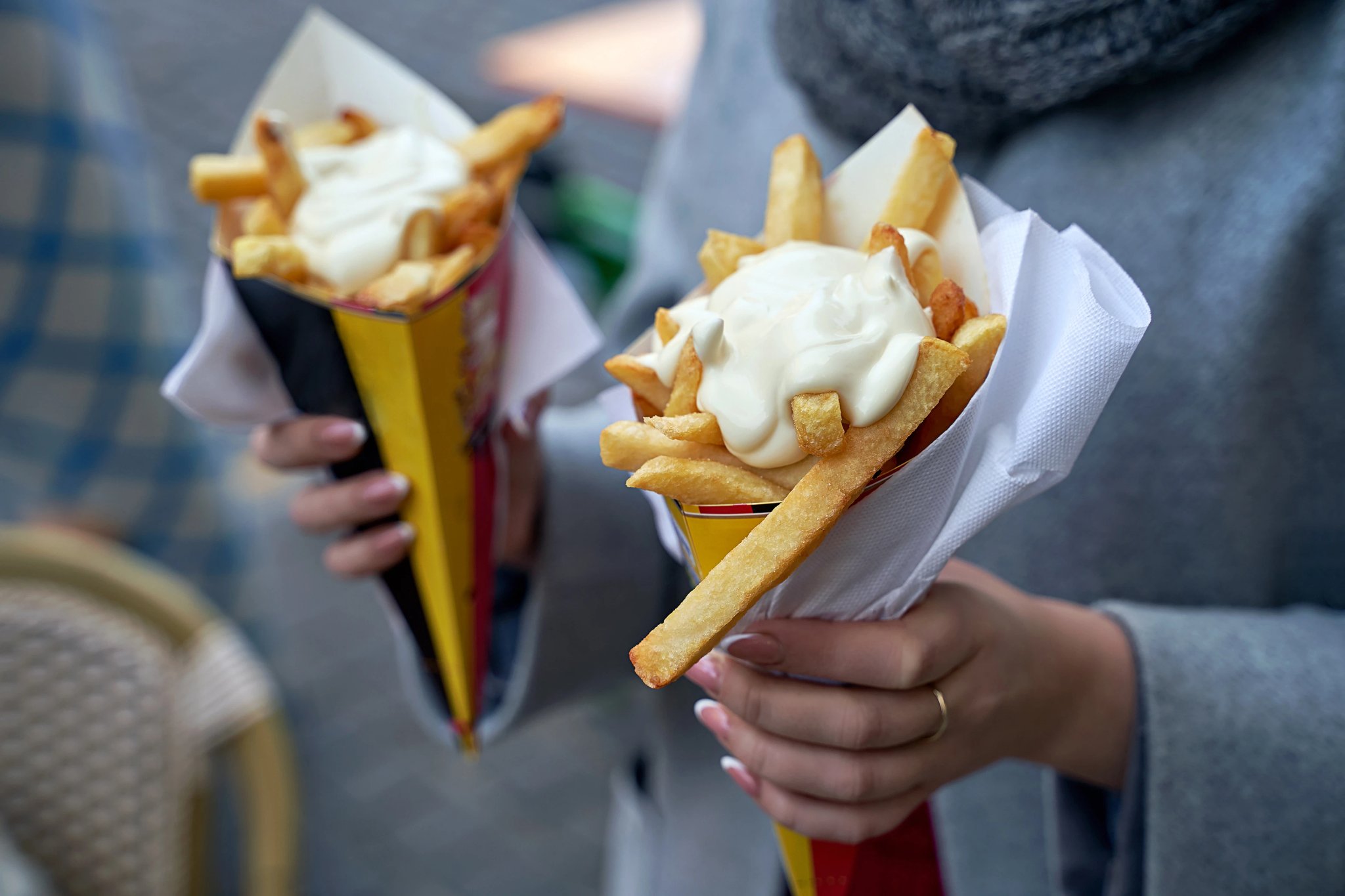
- Food is seasonal: asparagus and strawberries in spring, mussels and salads in summer, wild mushrooms and stews in autumn.
- Flavors by region: North Sea mussels, Flemish carbonnade (beer stew), and sweet Liège waffles in the south.
- Belgian beer culture: Trappist and craft breweries often lie right along cycling routes, with cafés and abbeys welcoming riders for a post-ride tasting.
- Perfect pairings: Belgian fries with mayo, a Chimay beer, or handmade pralines — small luxuries that make every break memorable.
Curious to know more about Belgian cuisine, beer, and chocolate? We’ve gathered it all in the Belgian cuisine guide.
Culture on the Road: Expect the Unexpected
Cycling in Belgium often comes with delightful surprises that turn a simple ride into a cultural experience. Festivals, ferries, and local markets appear right on your route — part of everyday Belgian life.
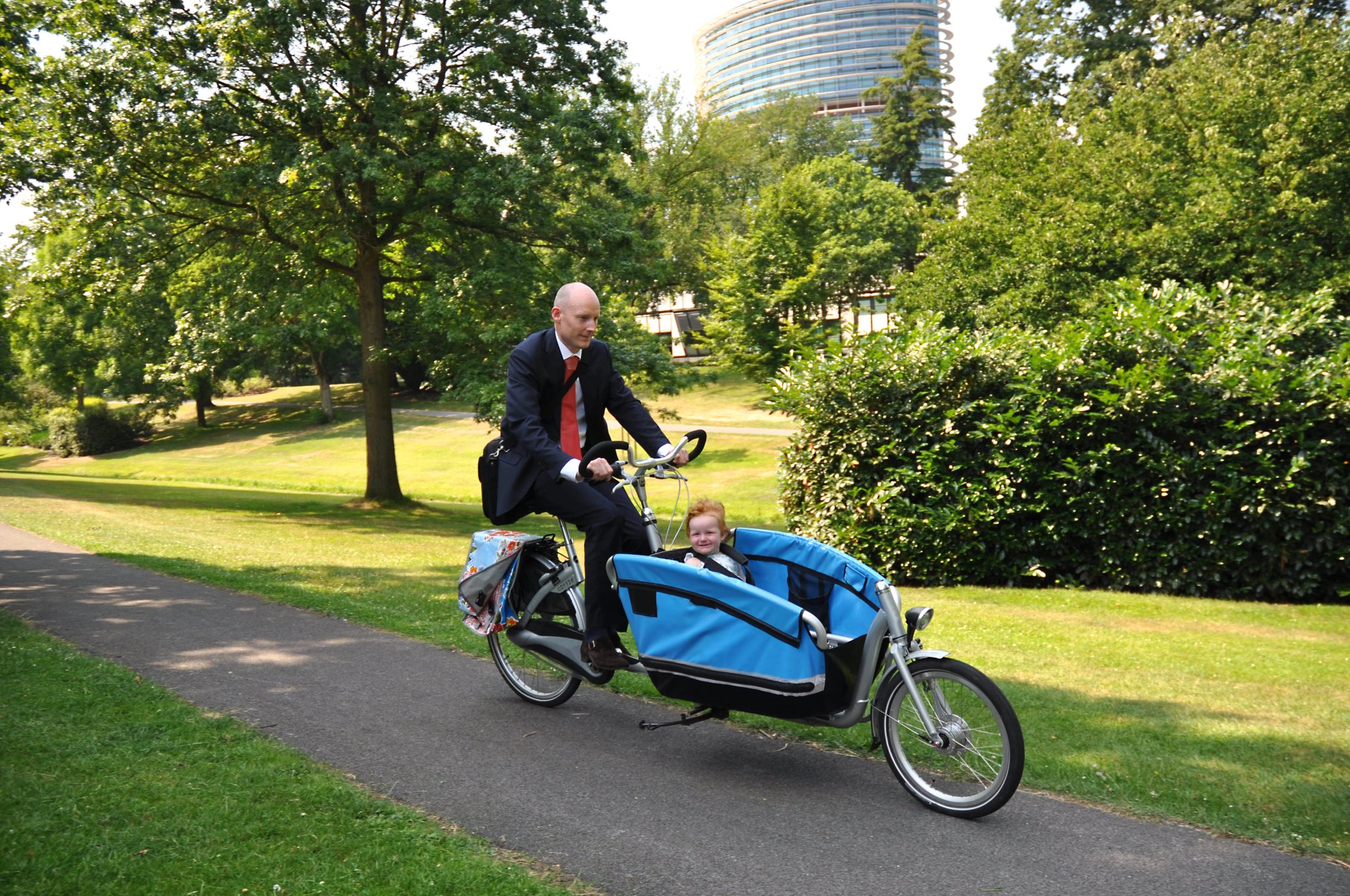
- You might pedal past a beer festival, a village fair, or a music parade that takes over the town square.
- Along rivers and canals, small ferries (fietsveren) shuttle cyclists across waterways — many have been run by the same families for generations.
- In rural Flanders or Wallonia, you’ll share paths with farmers, locals on e-bikes, and schoolchildren cycling home.
- Every region has its quirks — from spontaneous brass bands in Bruges to riverside Sunday markets in Namur.
In Belgium, culture isn’t something you visit — it’s something you ride through, one village, one canal, and one café at a time.
Language Tips: Belgian Basics
While English is widely understood in Belgium — especially in cities, hotels, and tourist areas — learning a few local phrases makes every interaction warmer and more rewarding.
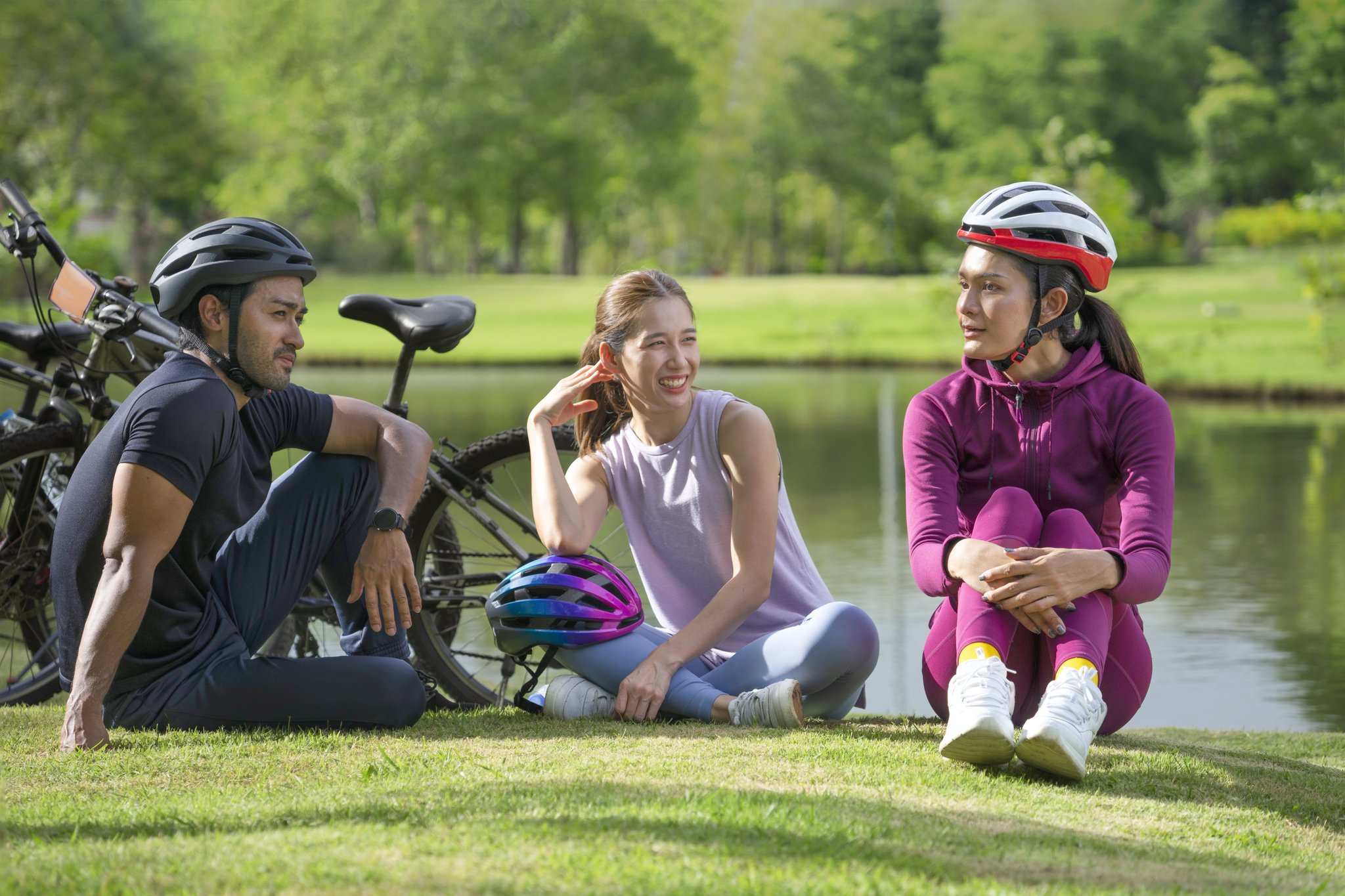
Did you know? Belgium has three official languages: Dutch (spoken in Flanders), French (in Wallonia and Brussels), and a small German-speaking community in the east. Most cycling routes cross at least one language border, making multilingual signs and friendly local exchanges part of the adventure.
Even a few words like Dank u (thank you) or Bonjour (hello) can go a long way on your journey — from a riverside café in Dinant to a bike stop in Ghent.
Here are some useful phrases in Dutch and French with their translation. These might come in handy during your cycling holiday in Belgium:
Greetings & Basics
- Hallo / Bonjour – Hello
- Goedemorgen / Bonjour – Good morning
- Goedemiddag / Bon après-midi – Good afternoon
- Goedenavond / Bonsoir – Good evening
- Dag / Au revoir – Goodbye
Politeness & Courtesy
- Alstublieft / S’il vous plaît – Please
- Dank u / Merci – Thank you
- Sorry / Excusez-moi – Excuse me / Sorry
Useful for Travel
- Spreekt u Engels? / Parlez-vous anglais ? – Do you speak English?
- Ik spreek geen Nederlands / Je ne parle pas français – I don’t speak Dutch / I don’t speak French
- Kunt u mij helpen? / Pouvez-vous m’aider ? – Can you help me?
- Waar is…? / Où est… ? – Where is…?
- Hoeveel kost dat? / Combien ça coûte ? – How much does it cost?
- Toilet / Toilettes – Bathroom / Toilet
Cycling-Specific Phrases
- Water / Eau – Water
- Ik heb honger / J’ai faim – I’m hungry
- Ik heb dorst / J’ai soif – I’m thirsty
- Ik heb een lekke band / J’ai une crevaison – I have a flat tire
- Waar is een fietsenwinkel? / Où est un magasin de vélos ? – Where is a bike shop?
- Het was leuk / C’était agréable – It was nice / a pleasure
Even simple phrases can spark conversation — whether it’s ordering coffee in Dutch on a Flanders canal route or asking for directions in French in the Ardennes. Belgium rewards those who try — one smile, one “merci,” or one “dank u” at a time.
Travel Documents & Logistics
Visa and Entry Requirements
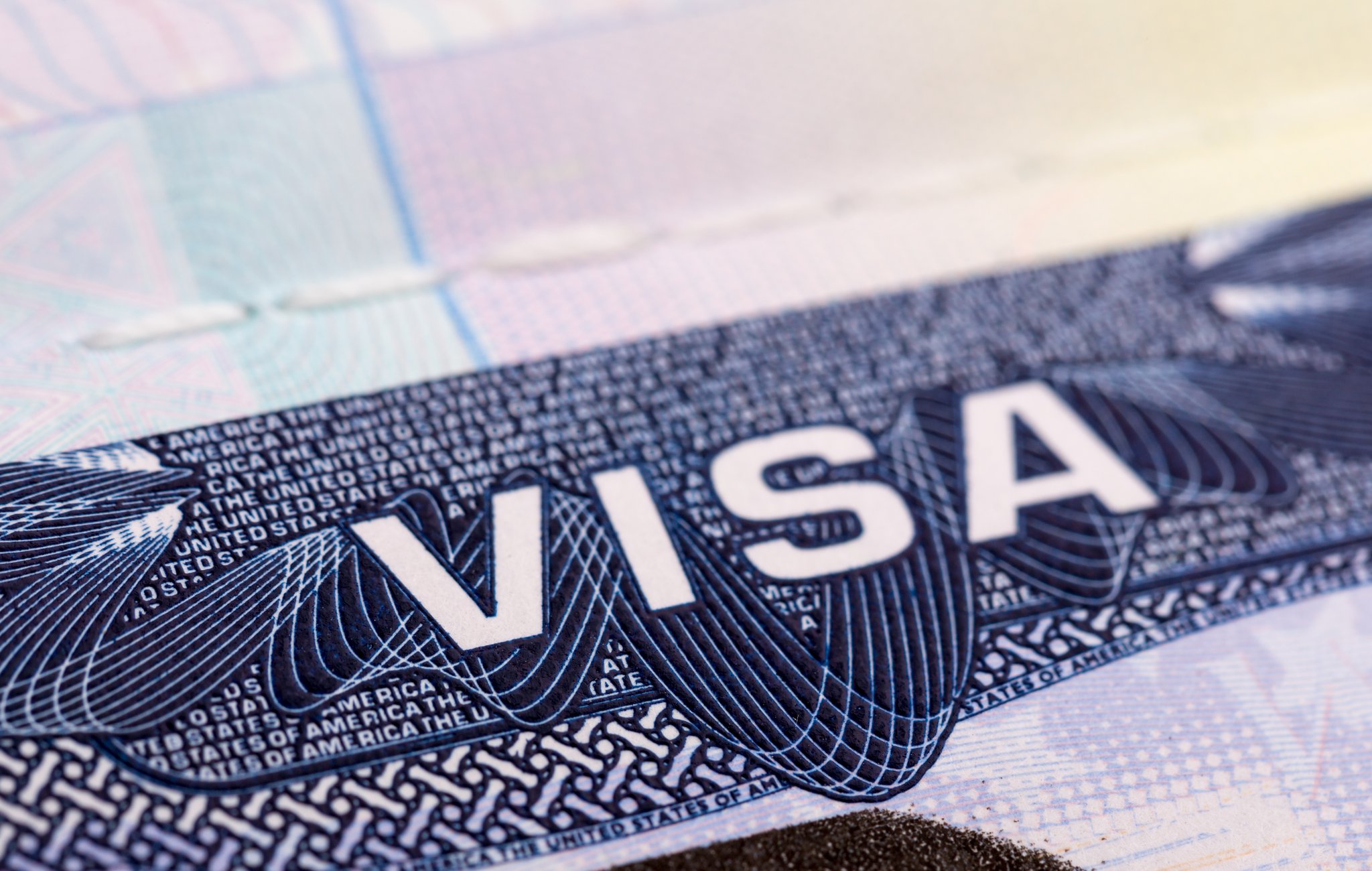
Most travelers visiting Belgium for tourism can enter without a visa for up to 90 days. This includes citizens of the United States, Canada, the United Kingdom, Australia, Japan, and most European and Latin American countries.
Belgium is part of the Schengen Area, meaning the 90-day limit applies to all Schengen countries combined — not just Belgium.
Make sure your passport is valid for at least three months beyond your planned departure date and has at least two blank pages for entry and exit stamps.
See your specific Belgian visa requirements before setting off on your next cycling holiday.
From late 2026 onward, travelers from visa-exempt countries will also need to apply for ETIAS travel authorization, valid for three years or until passport expiry. Applications can be completed online before travel.
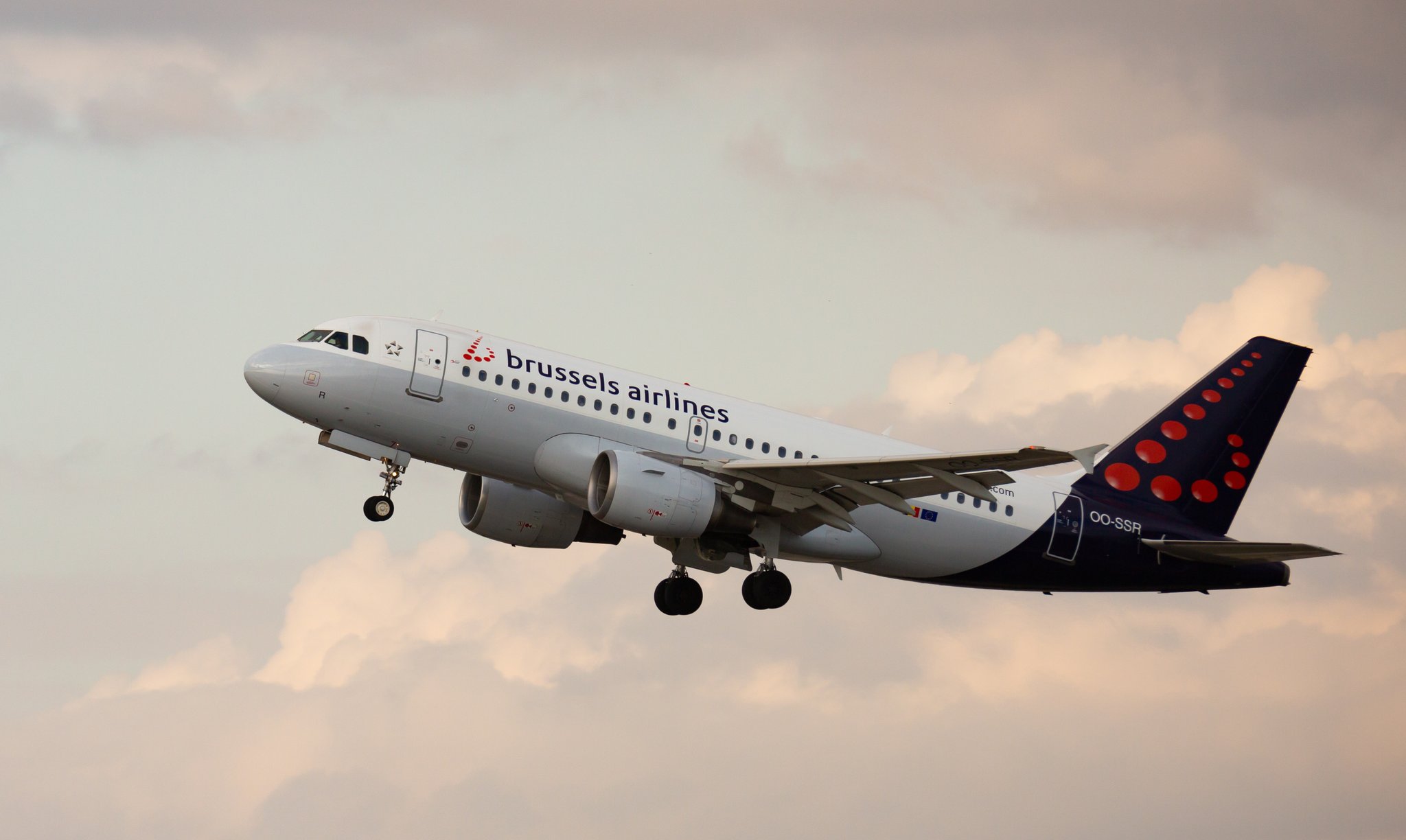
Major International Airports
Belgium is compact and extremely well-connected, making access to cycling regions quick and straightforward.
- Brussels Airport (BRU) – The country’s main international hub with direct flights worldwide. Ideal for routes starting in Brussels, Leuven, or central Belgium.
- Brussels South Charleroi Airport (CRL) – Popular with low-cost airlines; convenient for southern Wallonia and cross-border routes toward France.
- Antwerp International Airport (ANR) – Smaller regional airport with good connections for northern Flanders routes.
- Liège Airport (LGG) – Handy for tours beginning in the Meuse Valley and Ardennes region.
- Ostend–Bruges Airport (OST) – Ideal for cyclists exploring the Belgian coast and Flanders Fields.
Belgium’s small size means even distant airports are within 2–3 hours by train or car of any starting point.
Travelling via Public Transportation
Belgium’s public transport network is one of Europe’s most efficient, making it easy to combine train and bike travel between regions.
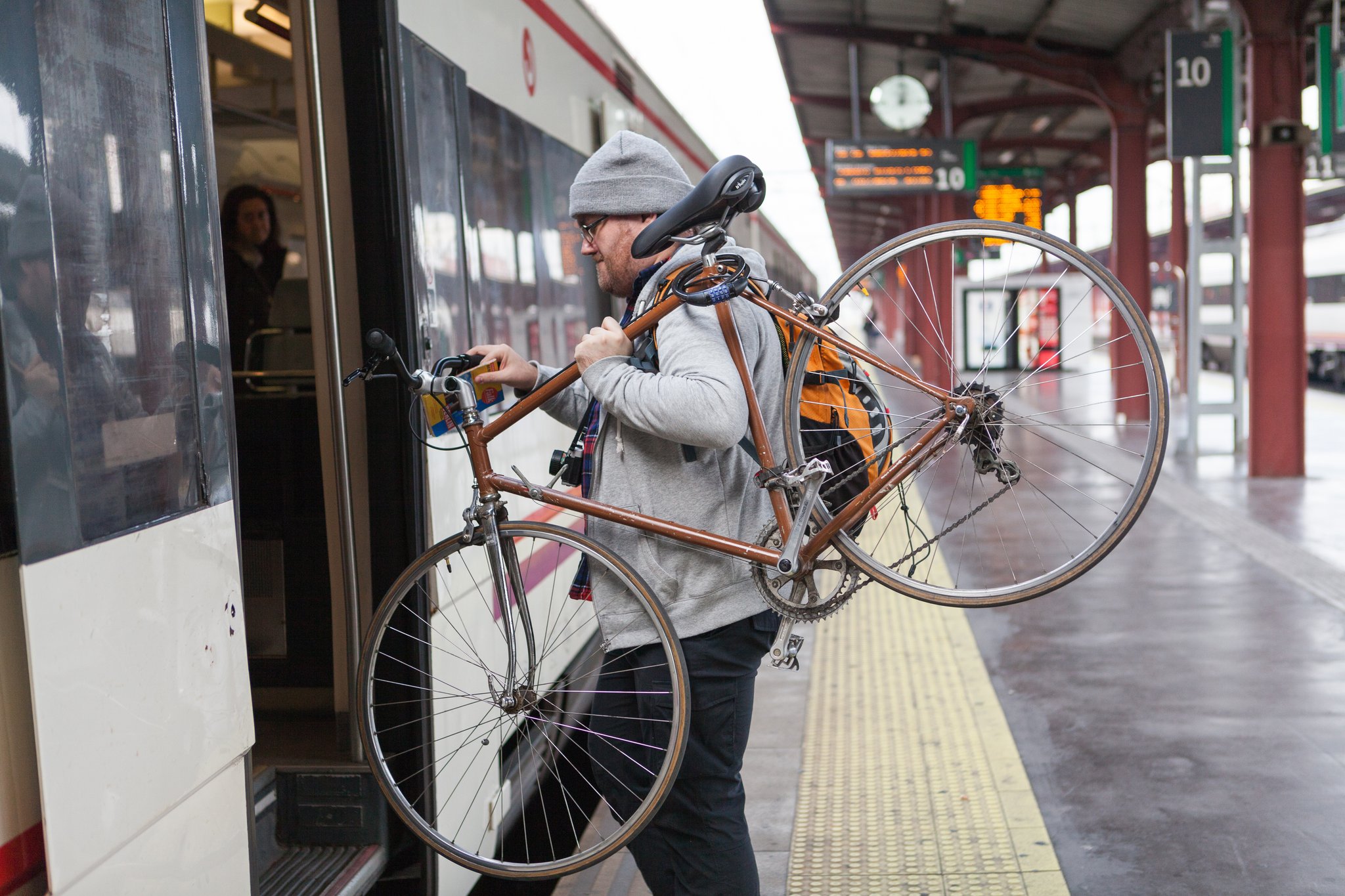
- Trains are operated by SNCB/NMBS, linking almost every city and town. Most regional and intercity trains allow bicycles — a small supplement or “Bike Ticket” may be required.
- Buses (De Lijn, TEC, and STIB/MIVB) connect rural areas and urban centers, though not all services accept bikes.
- Trams and metros run in major cities like Brussels, Antwerp, Ghent, and Liège, providing easy access to hotels, stations, and attractions.
- Ferries operate in certain areas — especially along canals and rivers such as the Scheldt — offering scenic shortcuts and local charm.
For schedules and tickets, use official sites like SNCB or De Ljin for trains, and Letec or STIB-MIVB for local transport.
Belgium’s compact geography, frequent services, and clear multilingual signage mean cyclists can move between routes, regions, and even neighboring countries with remarkable ease.
Currency & Payments
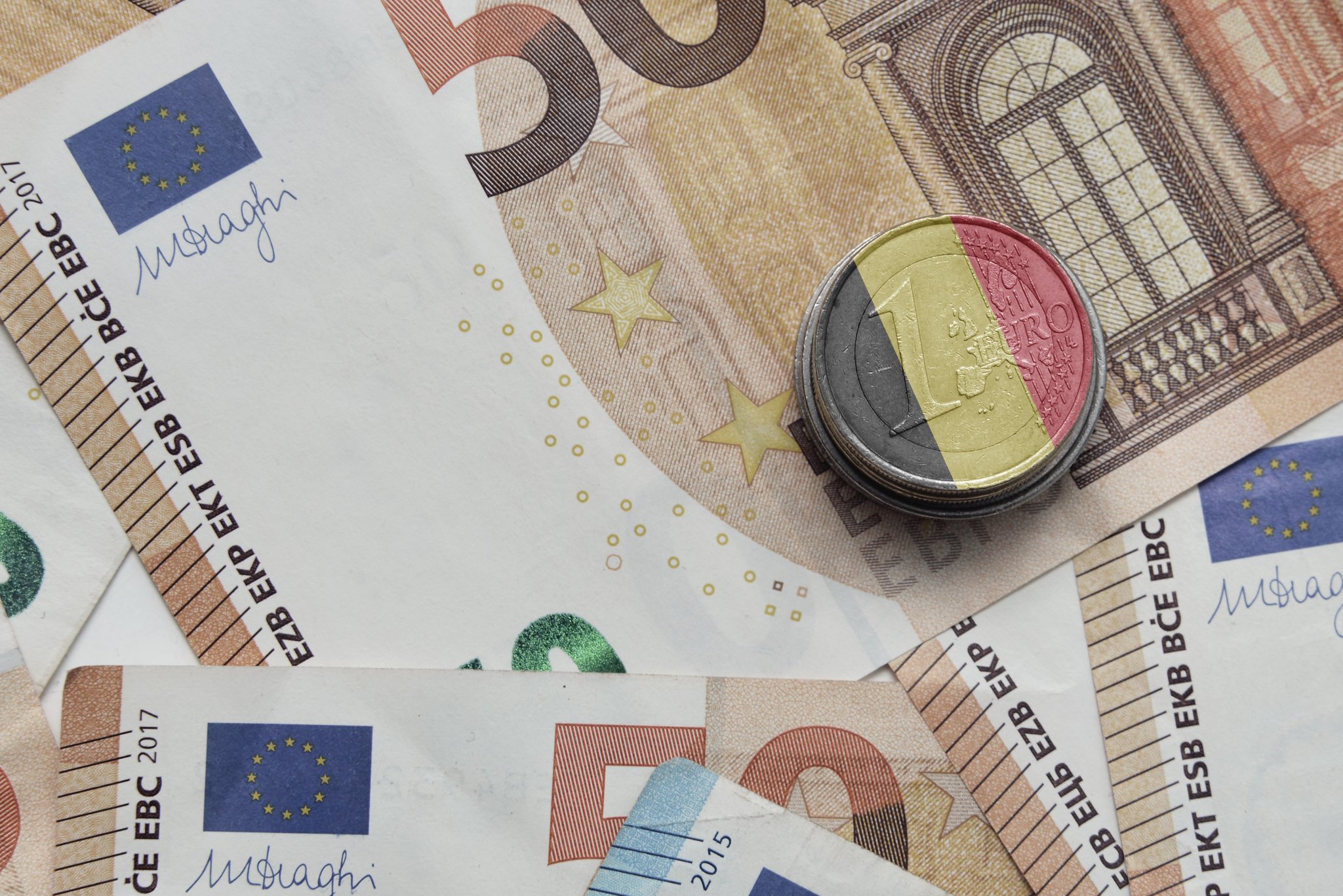
Belgium uses the Euro (€), and payments are straightforward throughout the country. Credit and debit cards are widely accepted, especially in cities, hotels, and restaurants. That said, it’s still smart to carry some cash, as smaller cafés, bakeries, or rural shops sometimes prefer it — especially in the countryside or at local markets.
ATMs are easy to find in all towns and most villages. International cards work almost everywhere, but some machines only accept chip-and-PIN, so having a backup card or a bit of cash can come in handy.
When tipping, leaving 5–10% is appreciated in restaurants and cafés, though not expected. In many cases, service charges are already included in the bill.
Belgium’s mix of modern infrastructure and small-town traditions means you’ll rarely be short on ways to pay — but a few spare euros in your jersey pocket will always serve you well after a long ride.
Emergency Numbers & Safety
Belgium is considered a very safe country for cycling, with a well-maintained road network and a strong culture of respect between cyclists and drivers. Still, it’s important to know who to contact in an emergency.
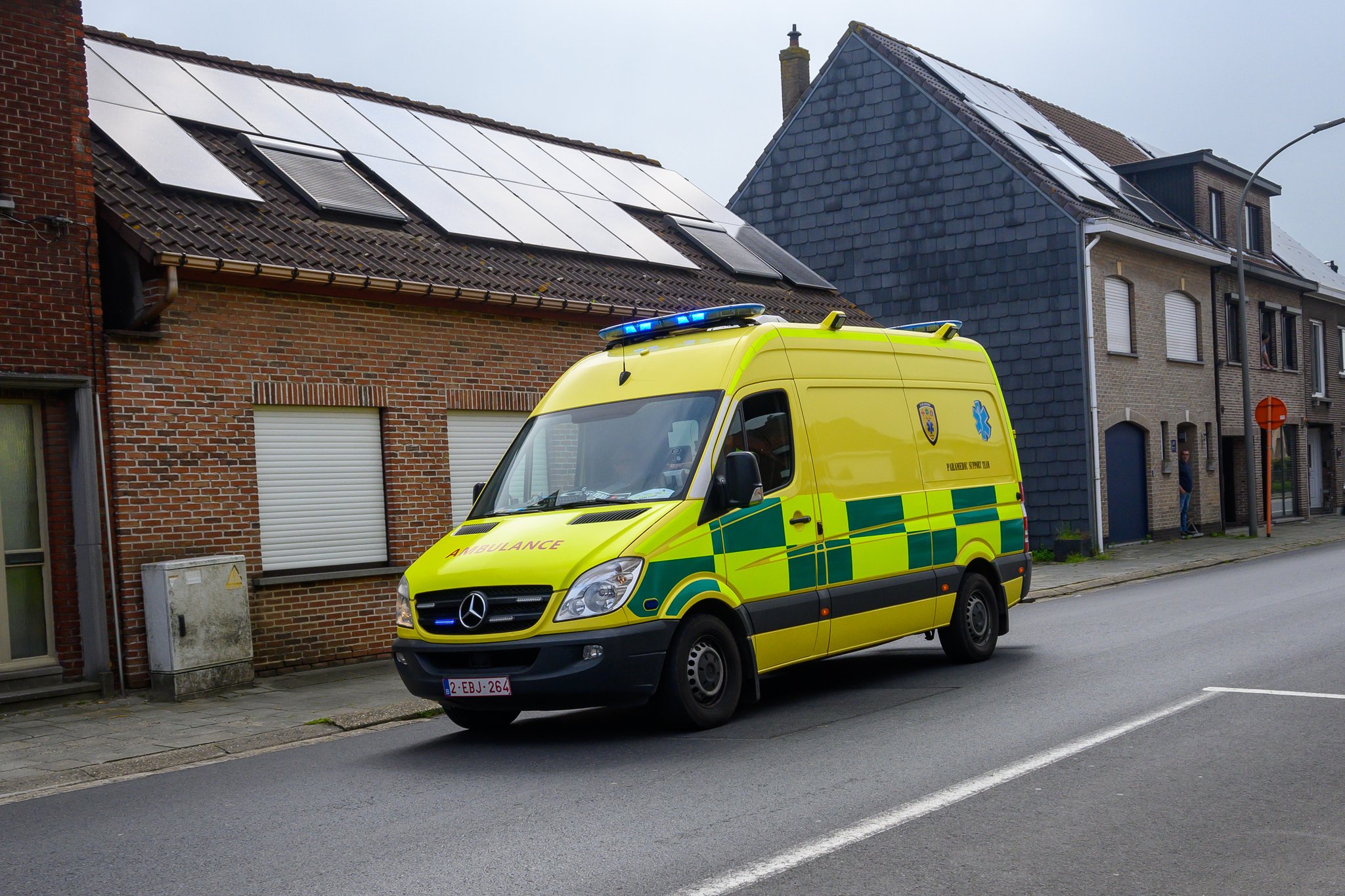
The European emergency number 112 connects you to medical, fire, or police services anywhere in Belgium. You can dial it from any phone — even without a SIM card — and operators can usually respond in English, French, or Dutch.
If you need to make a call:
- Clearly state your location (street, town, or GPS coordinates if possible).
- Explain what happened and whether anyone is injured.
- Mention potential hazards such as traffic, smoke, or blocked roads.
- Provide your phone number and follow the operator’s instructions.
Belgium’s emergency response is quick and reliable, even in rural areas. For non-urgent assistance, local pharmacies (apotheken) and hospitals are easy to find and well signposted; we also include them in your GPX routes.
Mobile Reception & Connectivity in Belgium
Belgium has excellent mobile coverage across nearly all urban and rural regions, making it easy to navigate, book accommodation, and stay connected during your trip. 4G is standard almost everywhere, while 5G networks are already active in larger cities like Brussels, Antwerp, and Ghent.
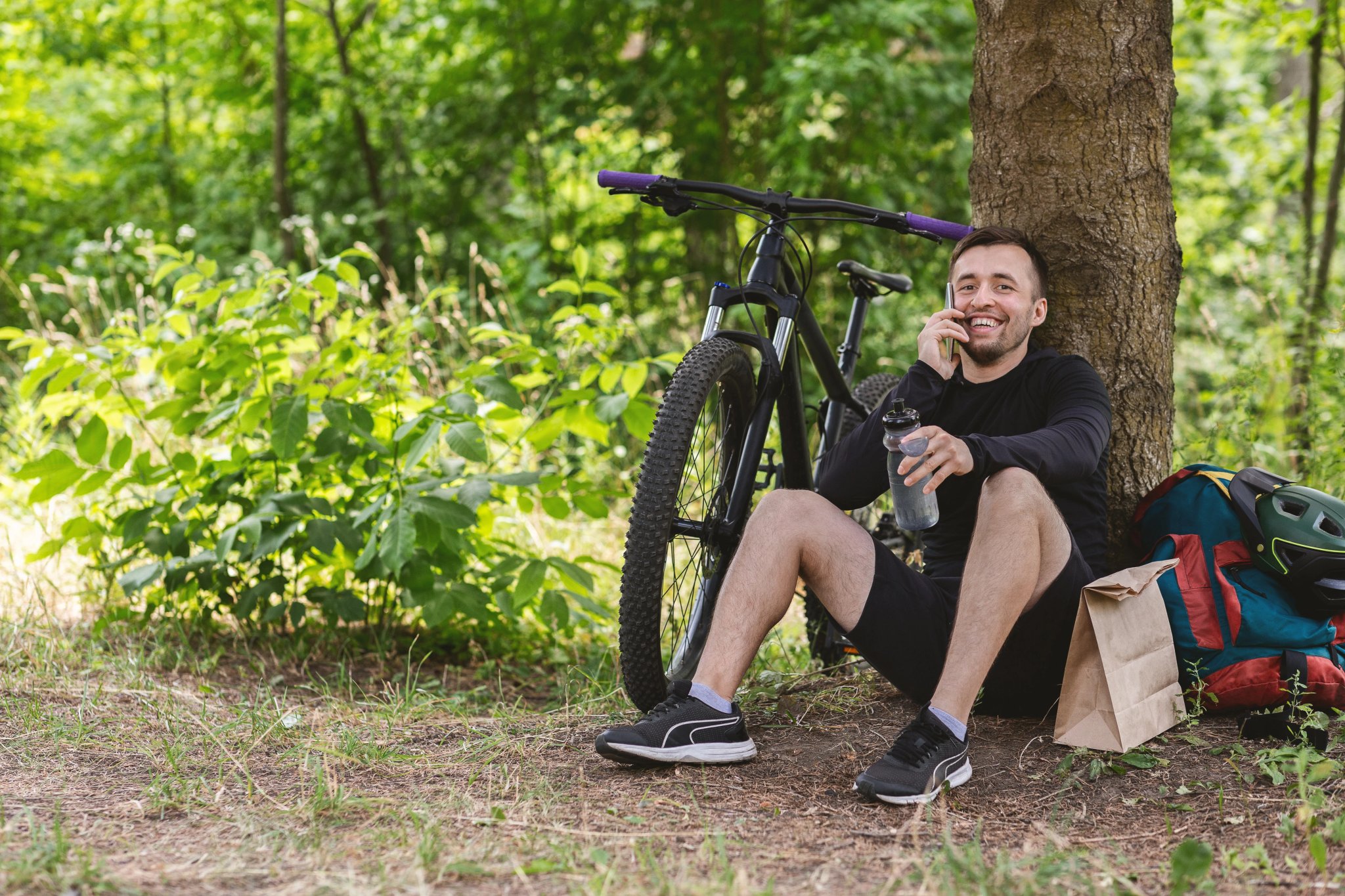
Some forested or hilly stretches in the Ardennes may experience weaker signals, so it’s smart to download offline maps or GPS files before riding in remote areas.
- Main providers: Proximus, Orange Belgium, and BASE — all offer reliable nationwide coverage.
- SIM cards & eSIMs: Prepaid options are sold at airports, supermarkets, and mobile stores for around €10–€20 with several gigabytes of data. Digital eSIMs from services like Airalo or Holafly also work well for short stays.
- Wi-Fi access: Free Wi-Fi is standard in most hotels, cafés, and city centers. Public hotspots are common in train stations and tourist offices.
Overall, Belgium’s size and connectivity make it one of the easiest countries in Europe to stay online while cycling, whether you’re navigating the RAVeL trails or uploading photos from a canal-side café.
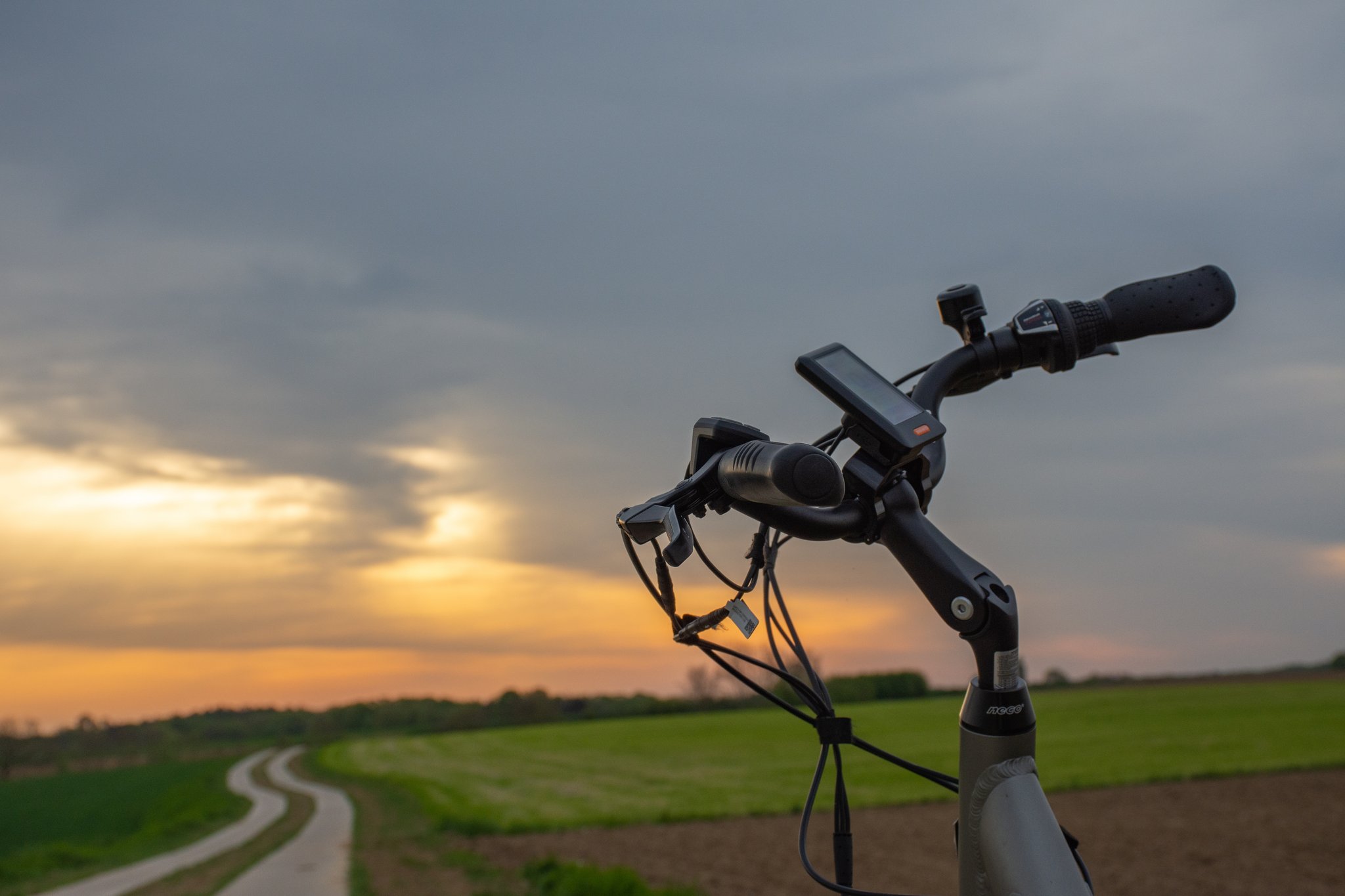
What to Expect on a Self-Guided Cycling Holiday
Morning: Setting Off at Your Own Pace
Each morning begins at your hotel, where breakfast is typically served between 7:00 and 9:30 AM — a spread of fresh bread, pastries, cheese, fruit, and good Belgian coffee. Your bike (hybrid, road, gravel, or e-bike) will be delivered directly to your hotel at the start of the tour, adjusted for comfort, and equipped with panniers, helmet, and repair kit.
Once your GPX navigation files are preloaded and your luggage is dropped at reception for daily transfer, you’re free to start riding whenever you wish. Belgium’s compact geography makes for short transfers and long, easy days of discovery.
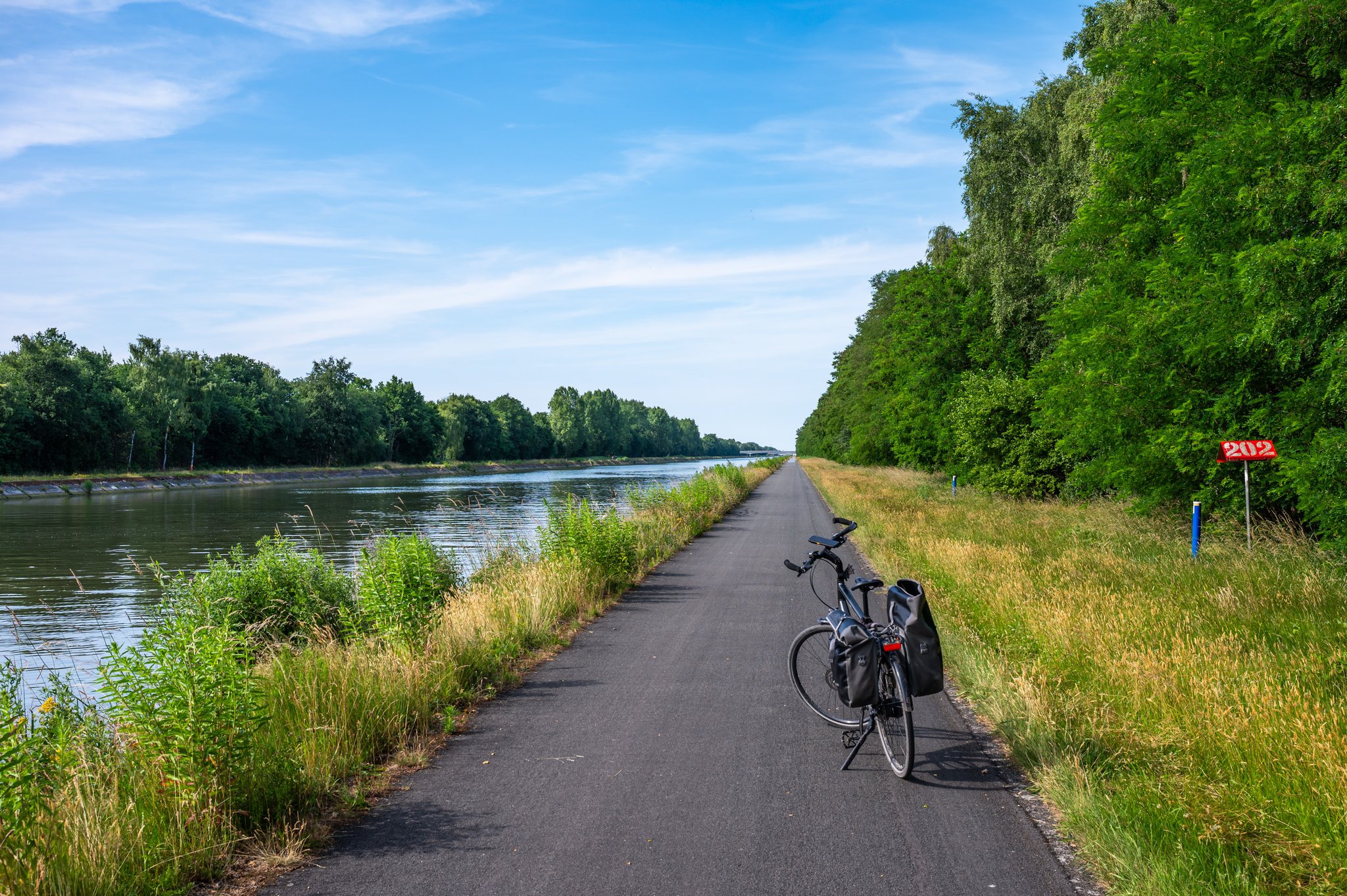
On the Route: Landscapes, Lunch Stops, Little Surprises
Cycling in Belgium moves at an easy rhythm — scenic, cultural, and full of small rewards. One hour you’re gliding along a canal flanked by poplars, the next you’re pausing in a cobbled square for coffee and a waffle.
Exploring is effortless with our digital guidebook and GPS app, which include:
- Preloaded GPS tracks to keep you confidently on route
- Highlights of landmarks and viewpoints so you never miss the most scenic spots
- Recommendations for cafés and breweries ideal for mid-ride breaks
Many routes weave through charming towns like Ghent, Leuven, or Dinant, making it easy to mix cycling with spontaneous cultural stops along the way.
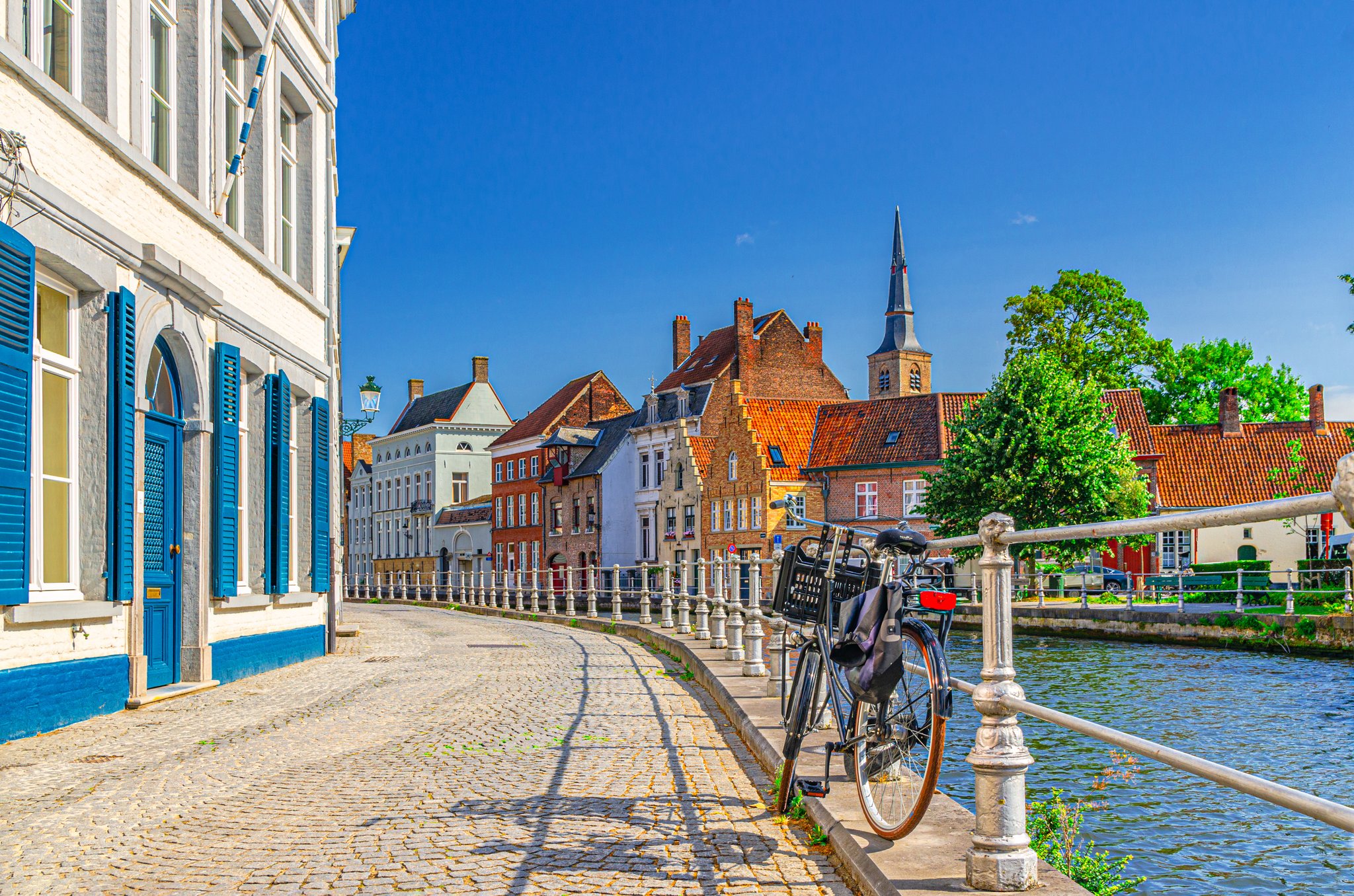
When the Ride Ends: Relax, Refuel, Explore
By late afternoon, most riders reach the next hotel or guesthouse — often located in a historic town center or countryside inn. Your luggage will already be waiting, leaving you free to check in, shower, and unwind.
Evenings in Belgium are made for simple pleasures: a local beer on a terrace, a stroll along a canal, or dinner in a cozy brasserie serving regional dishes. Some hotels feature small courtyards or gardens perfect for relaxing, while others are just steps away from bustling squares filled with evening life.
Dinner is typically served between 6:00 and 9:00 PM, and your guidebook will include suggestions for authentic Belgian dining — think stoofvlees with fries, waterzooi in Ghent, or a plate of farmhouse cheese in the Ardennes.
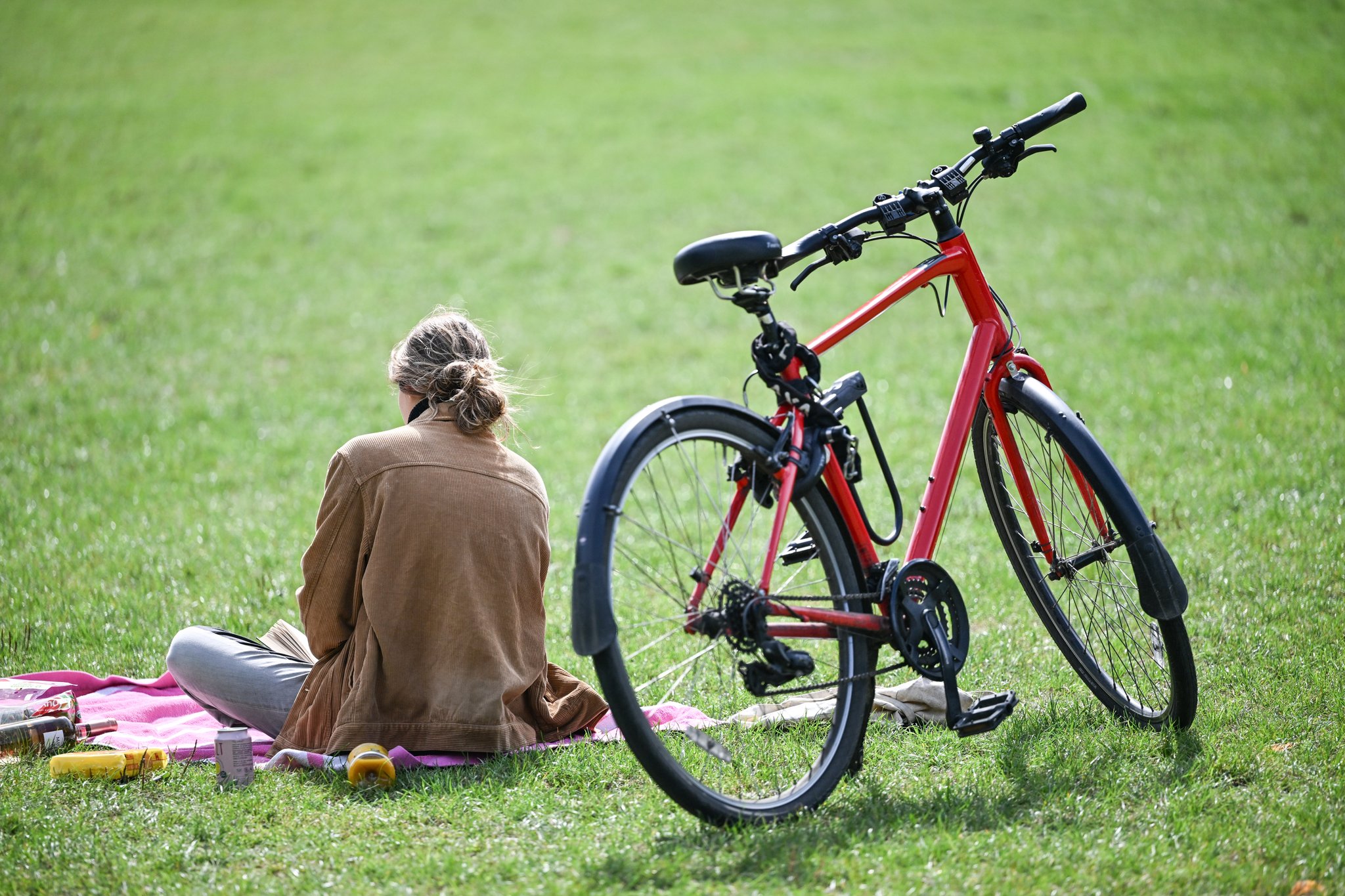
Your Belgian Cycling Holiday, Taken Care Of
All our self-guided tours come with a complete package of essentials to keep your trip smooth, safe, and worry-free:
- Digital guidebook with detailed itineraries, maps, and insider tips
- GPS navigation through an easy-to-use mobile app
- Daily luggage transfers between hotels
- Well-selected accommodations with cyclist-friendly facilities
- Pre-tour and on-tour assistance in case of technical or travel issues
Belgium’s blend of short distances, cultural depth, and superb cycling infrastructure makes self-guided touring especially rewarding. When you travel with us, you get a journey that feels spontaneous, yet perfectly taken care of.
.svg)
HANDPICKED ADVENTURES
Only the best adventures across the world, cherry-picked by our team with an in-depth knowledge of the regions.

SELF-GUIDED TRAVEL
Explore independently and with confidence while we keep everything running from behind the scenes.
.svg)
VALUE YOUR TIME
With everything on your plate, let us handle the vacation planning, so your valuable time stays exactly where you need it.
TRUSTED BY MANY
We are a financially protected company operating since 2014, and with thousands of satisfied customers in the past, we still put you first.





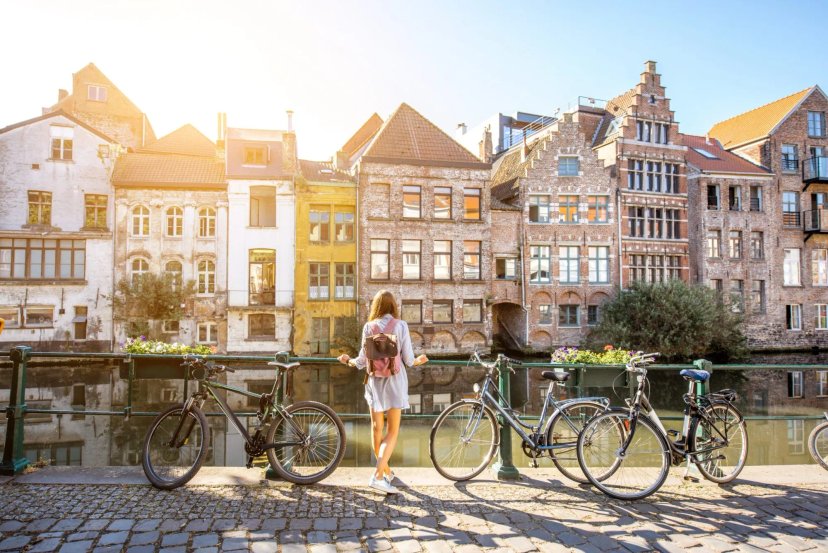
.jpg&w=3840&q=75)
